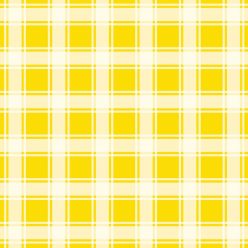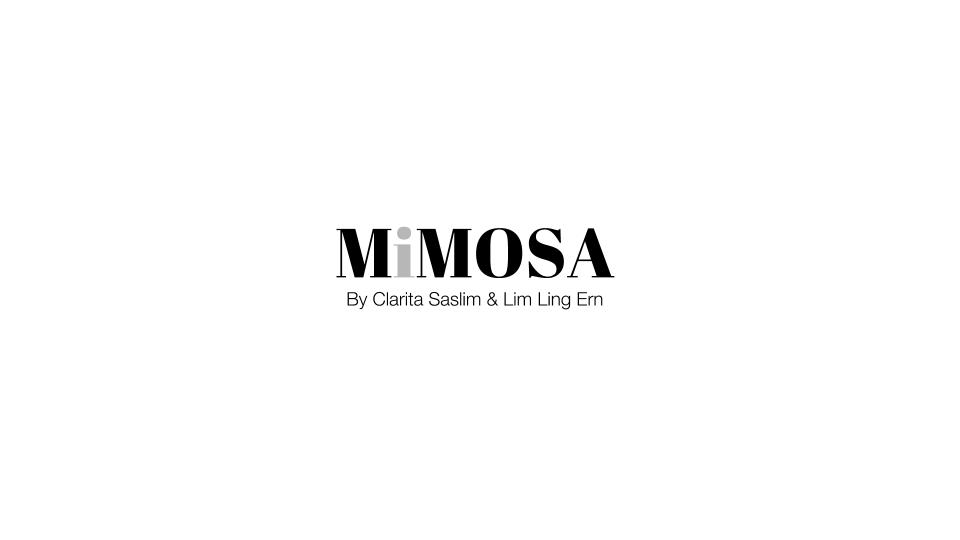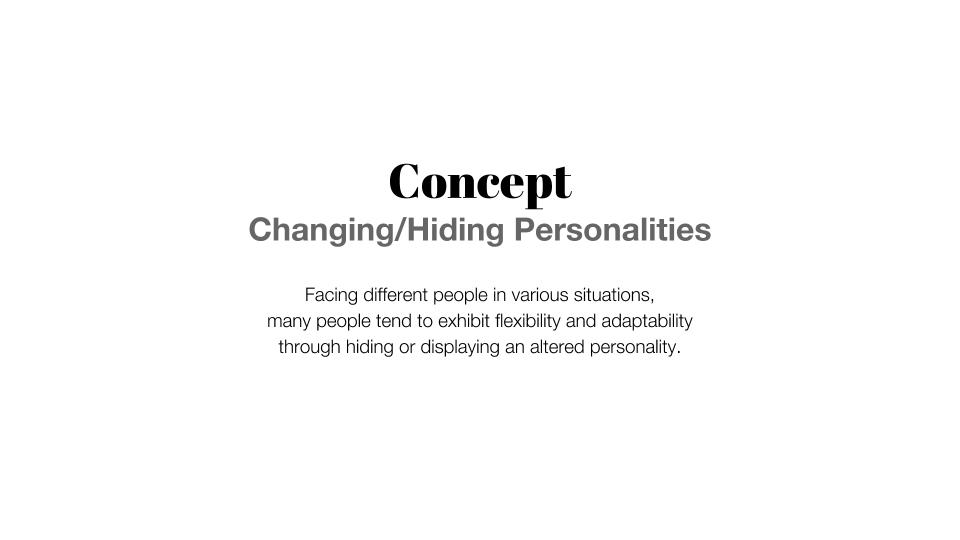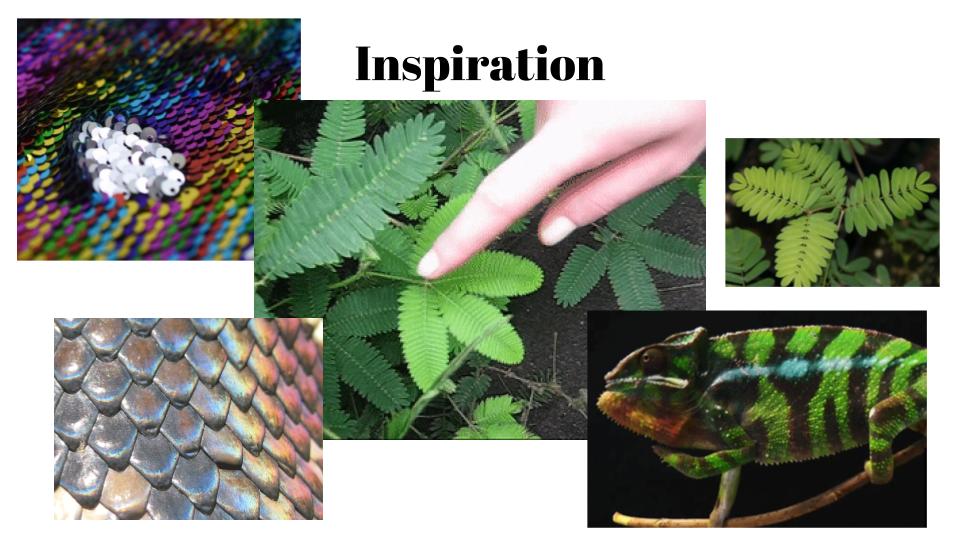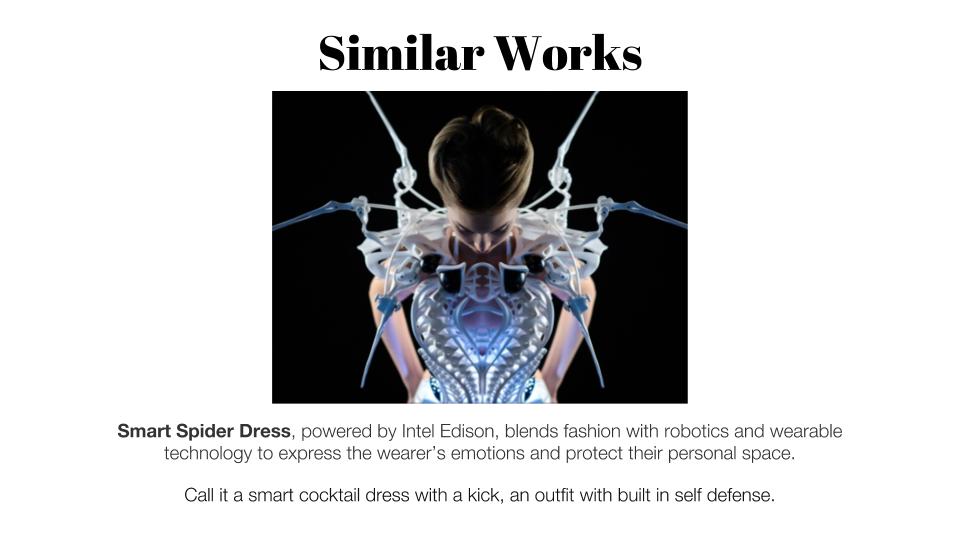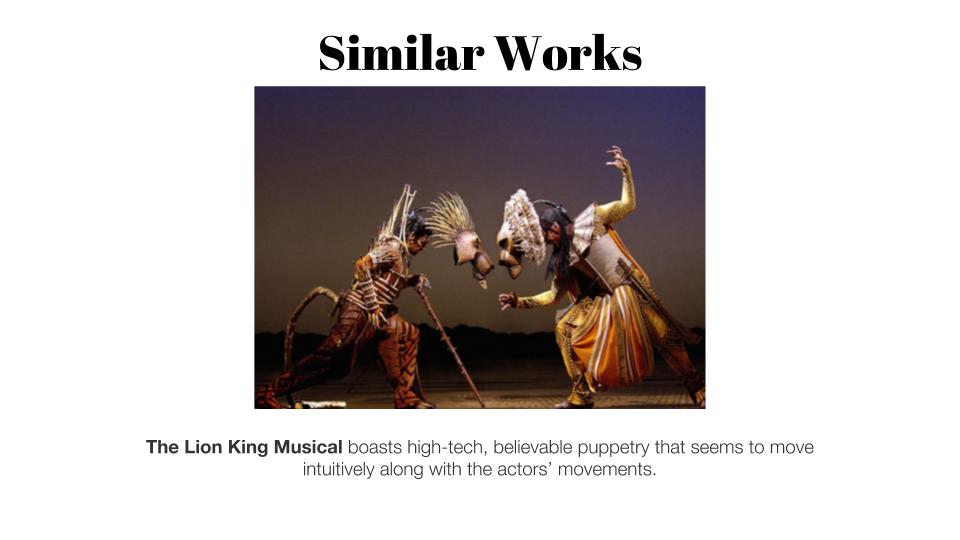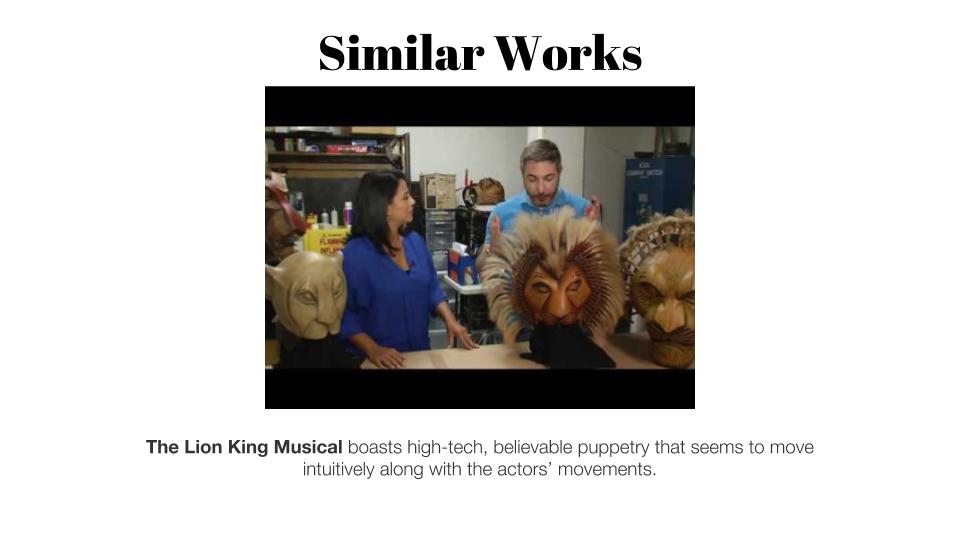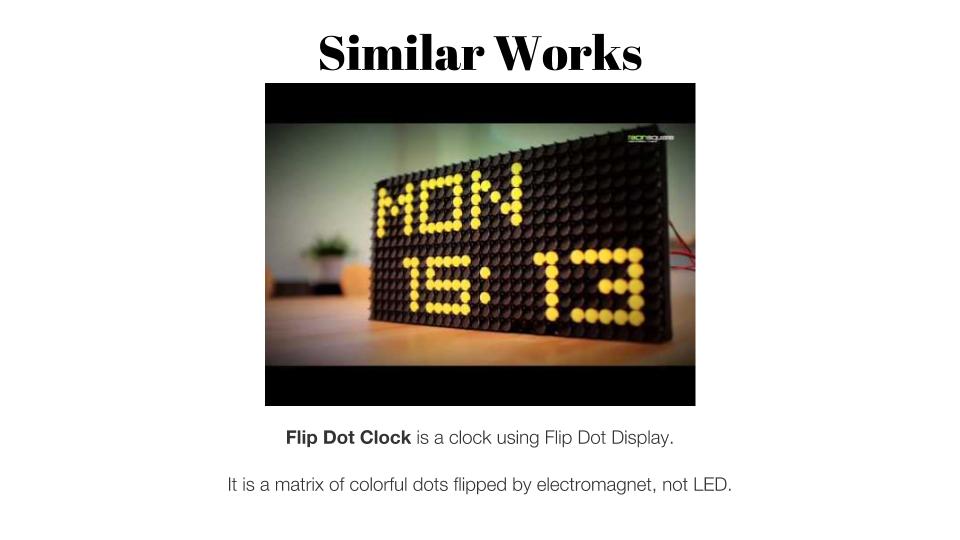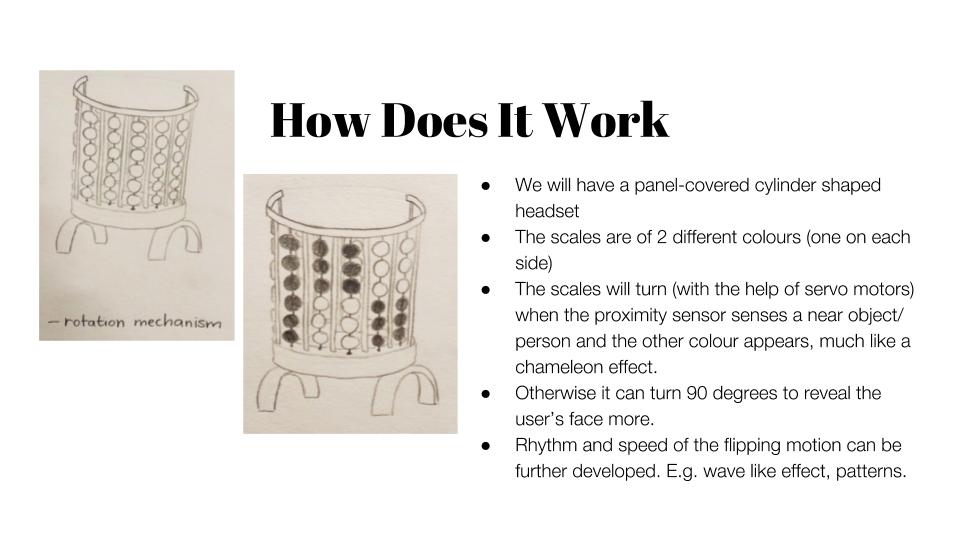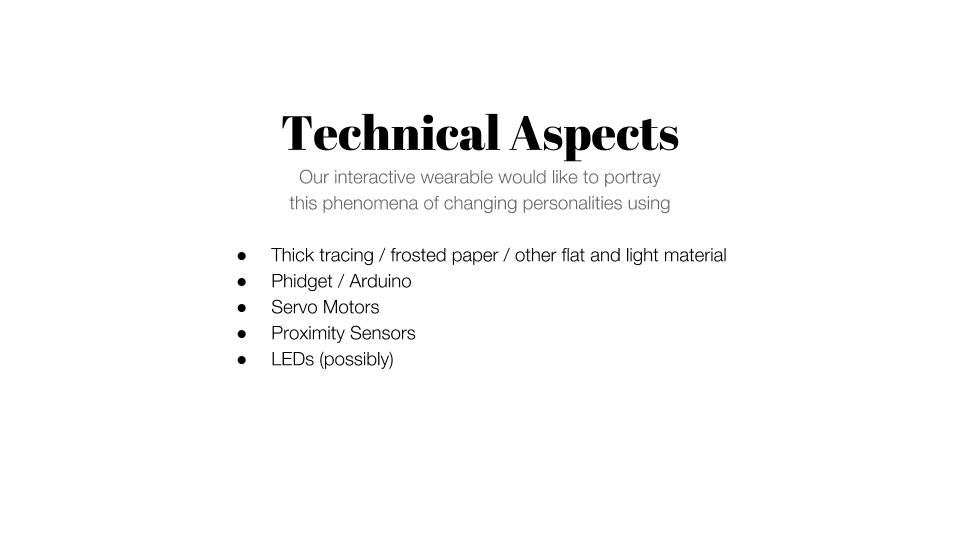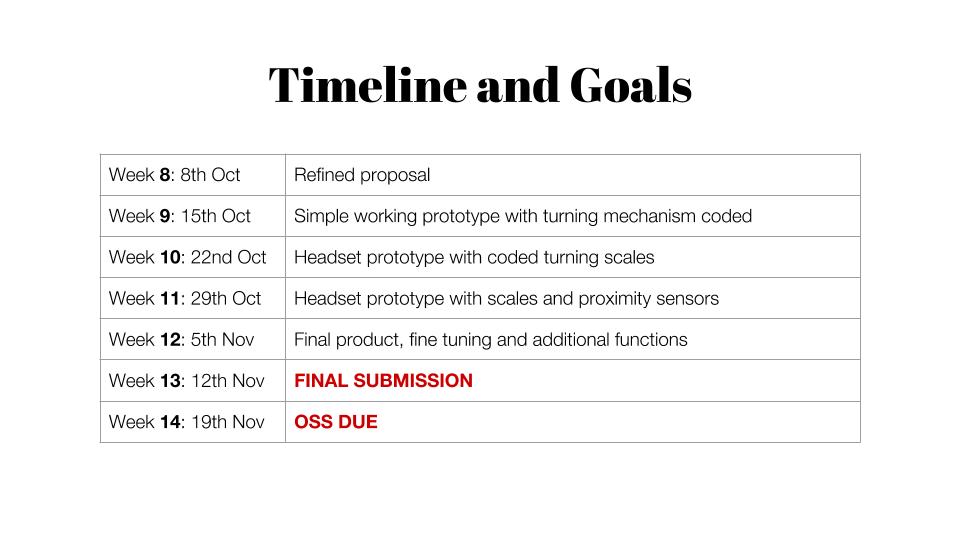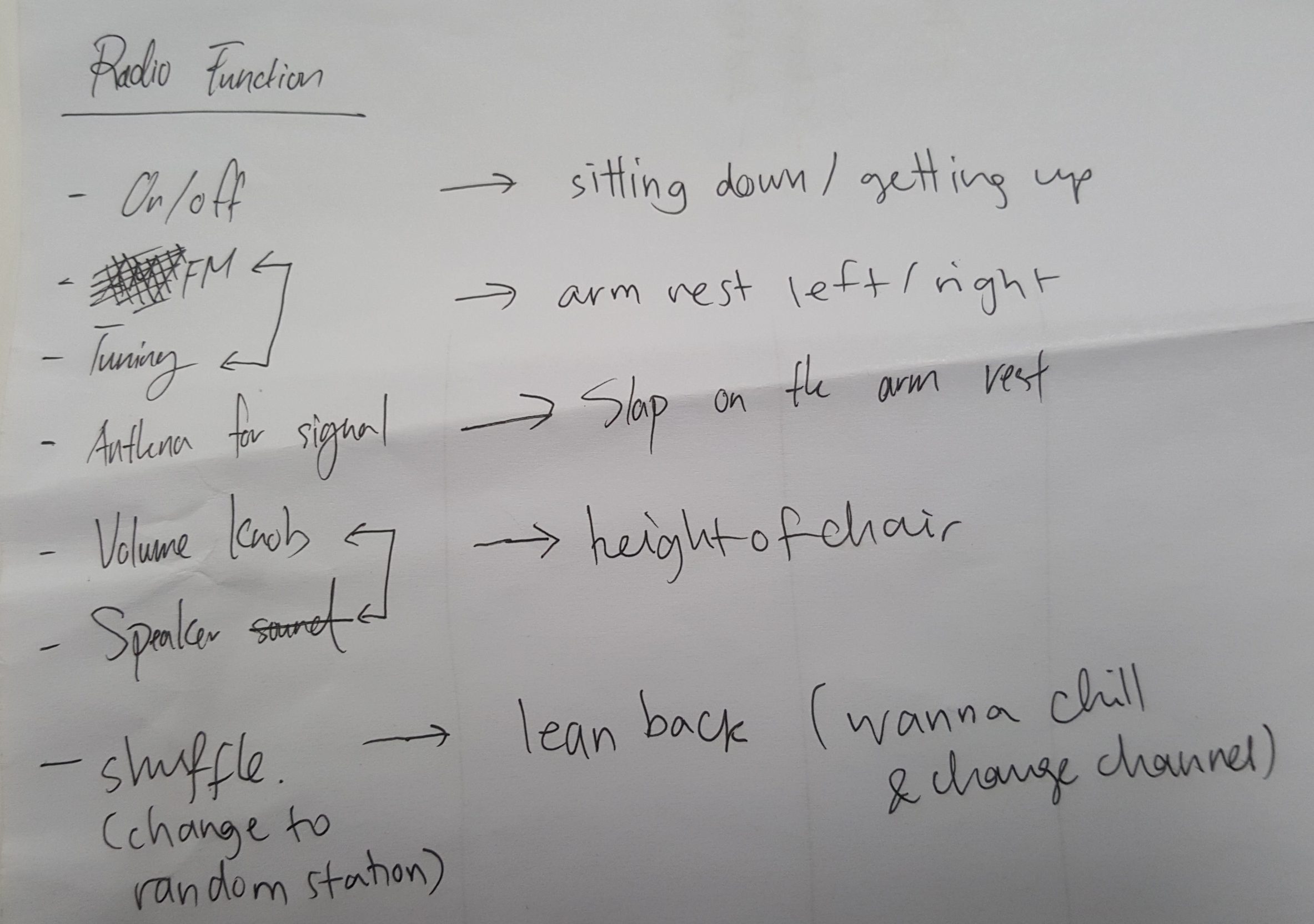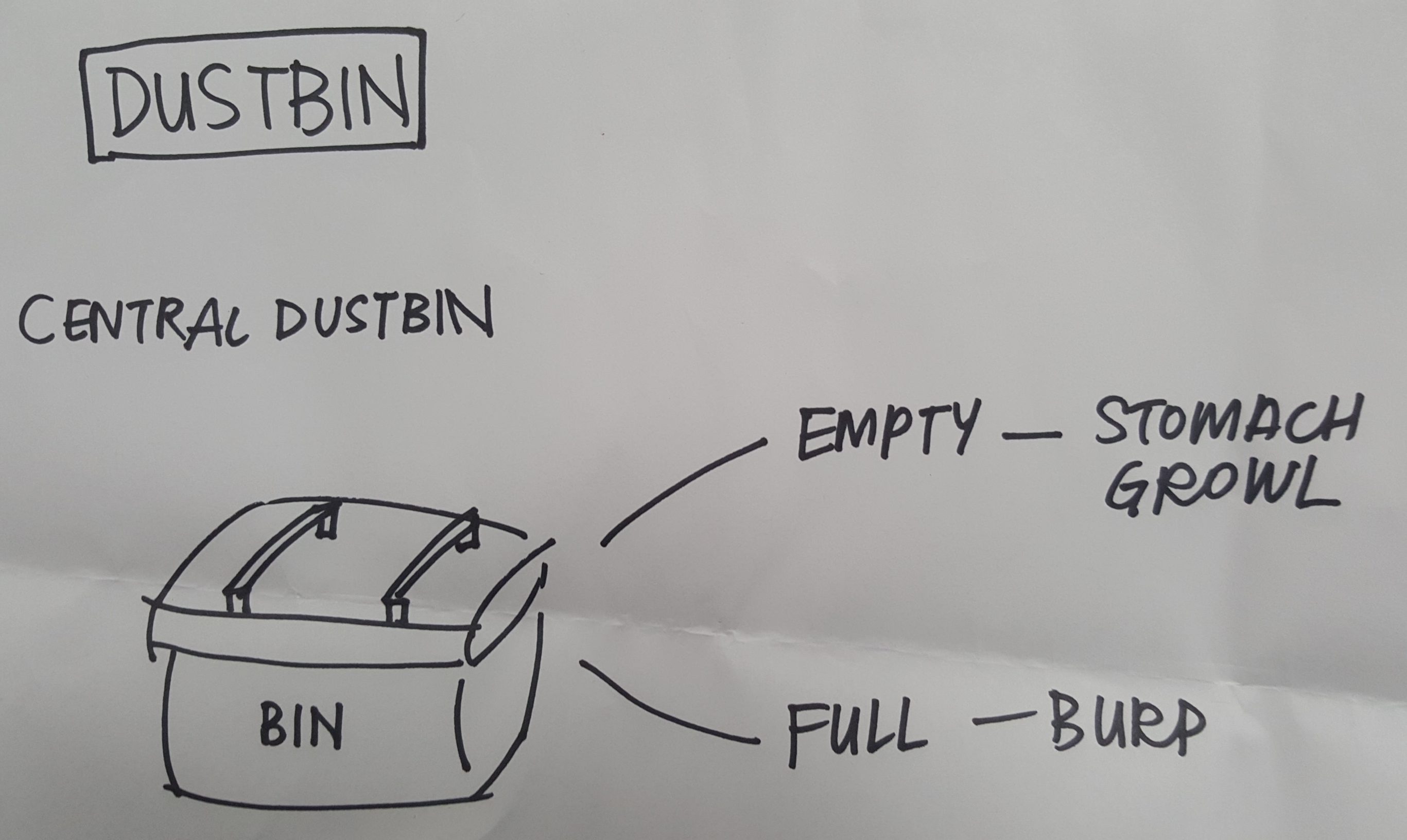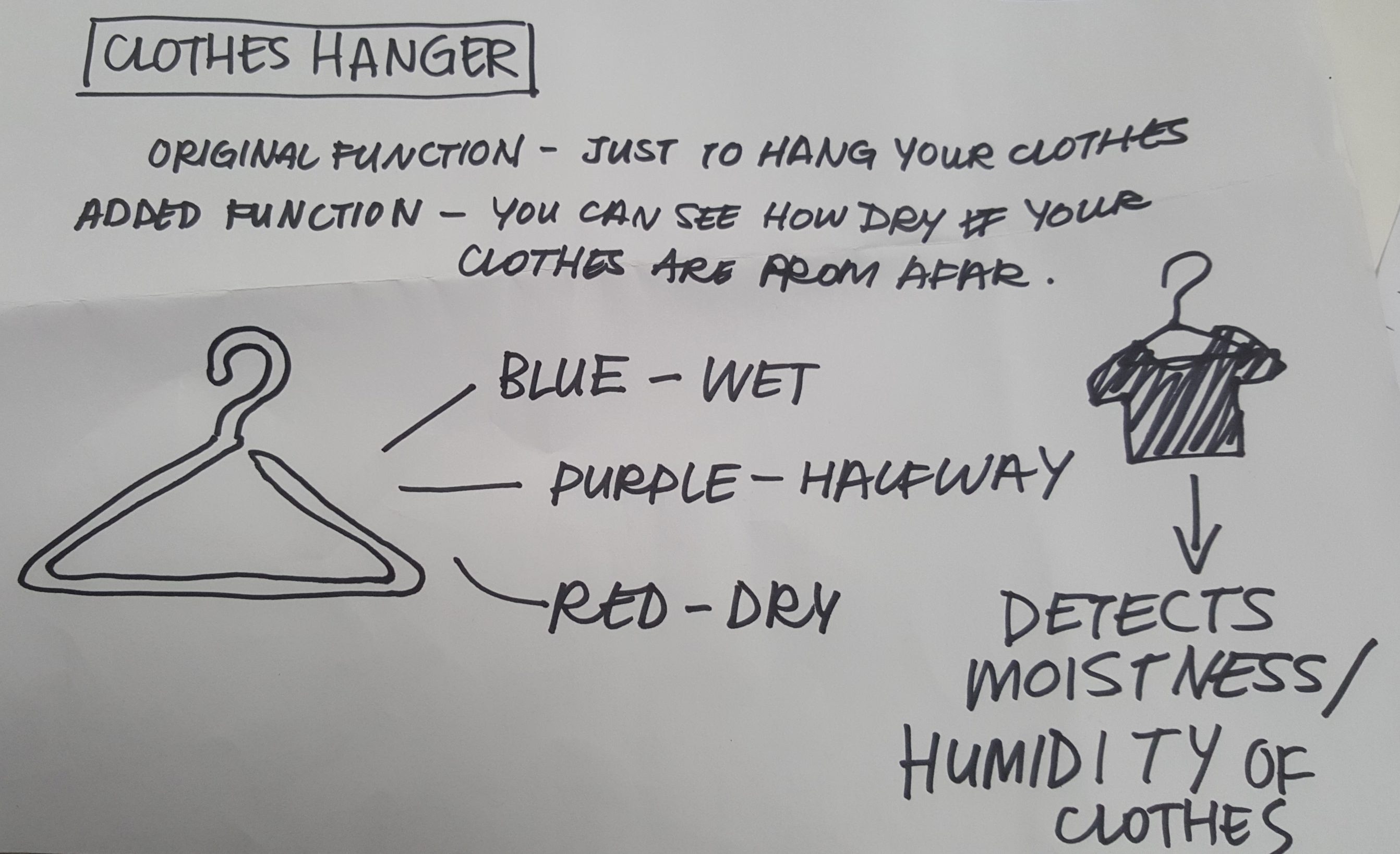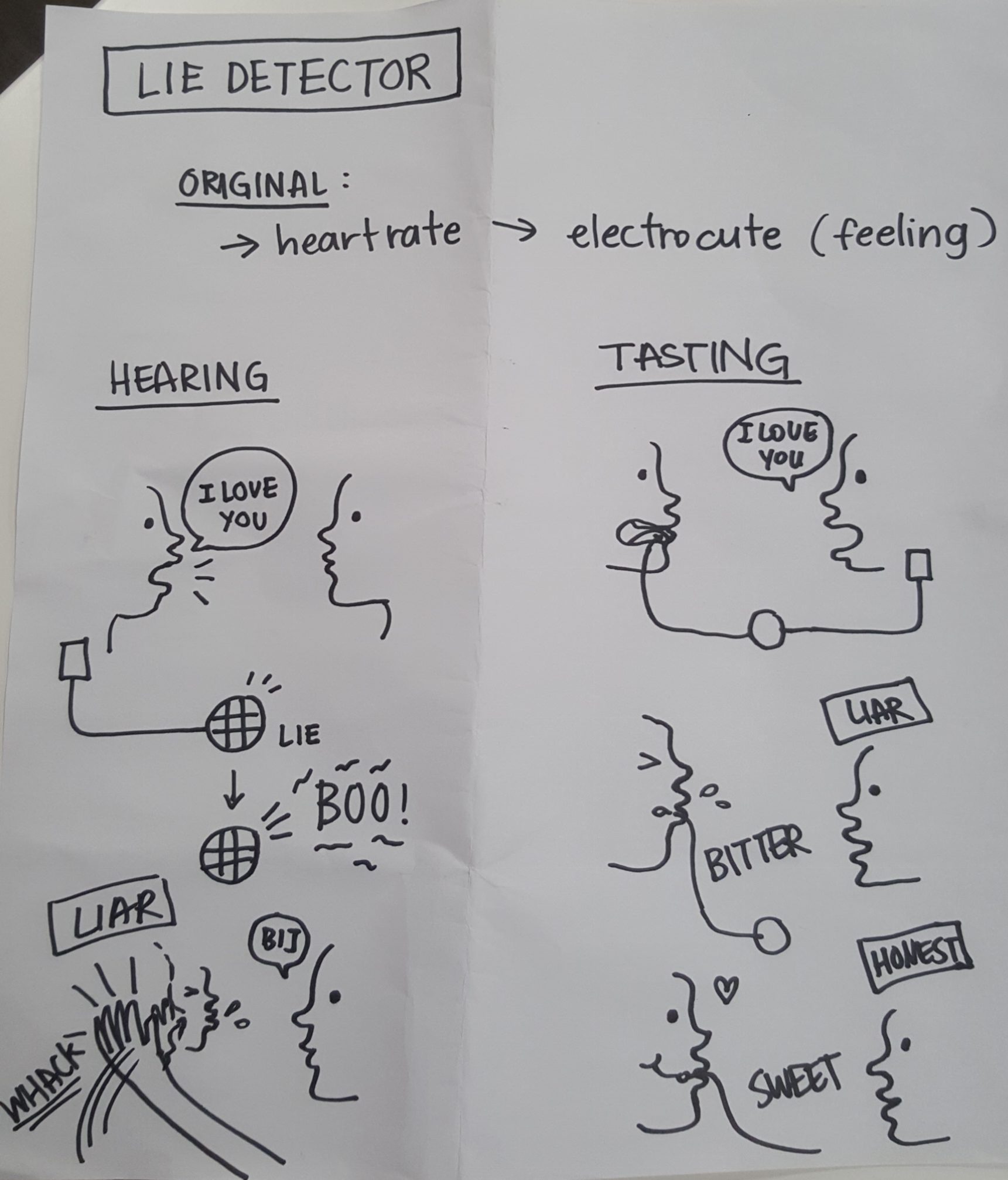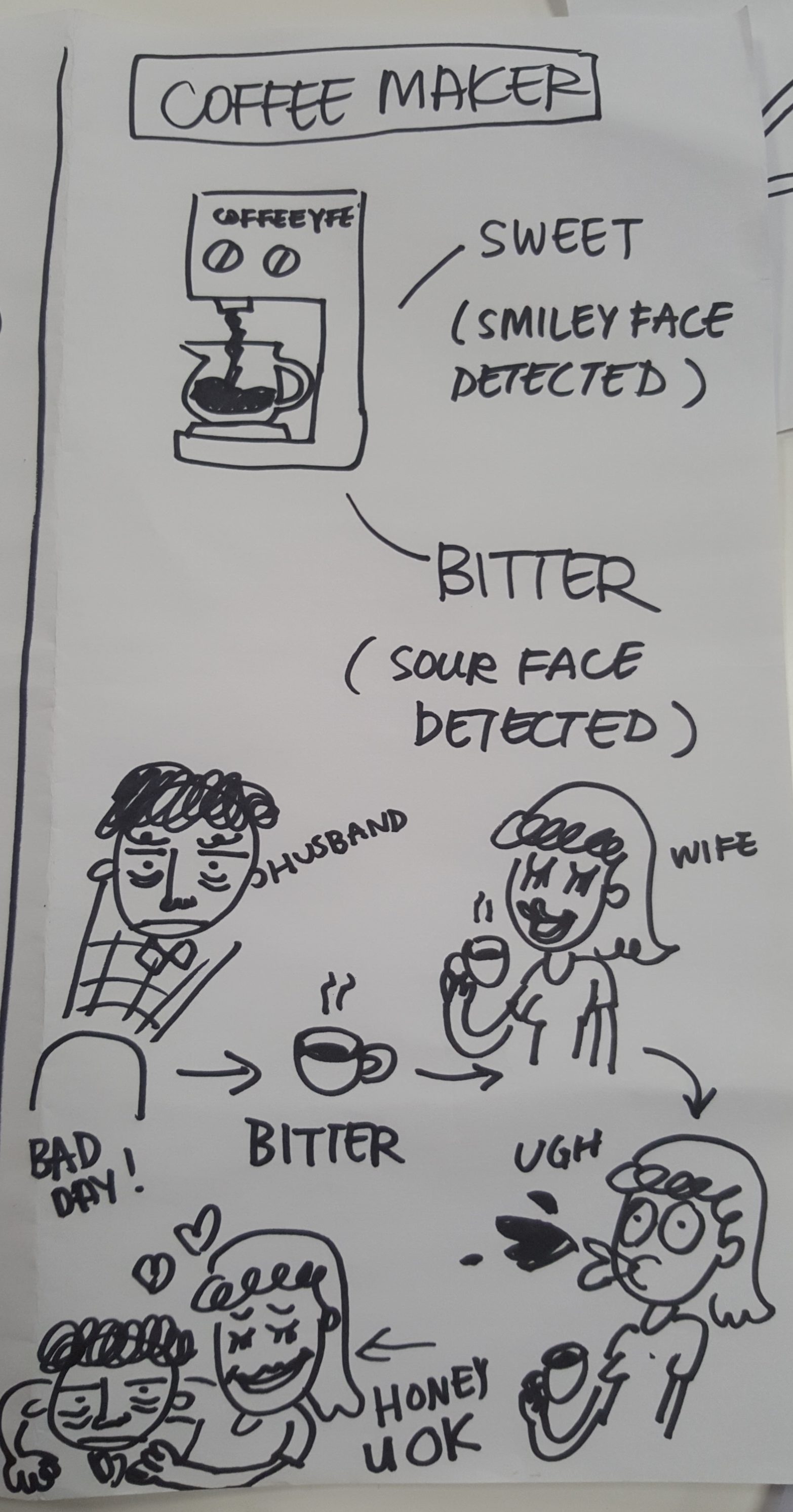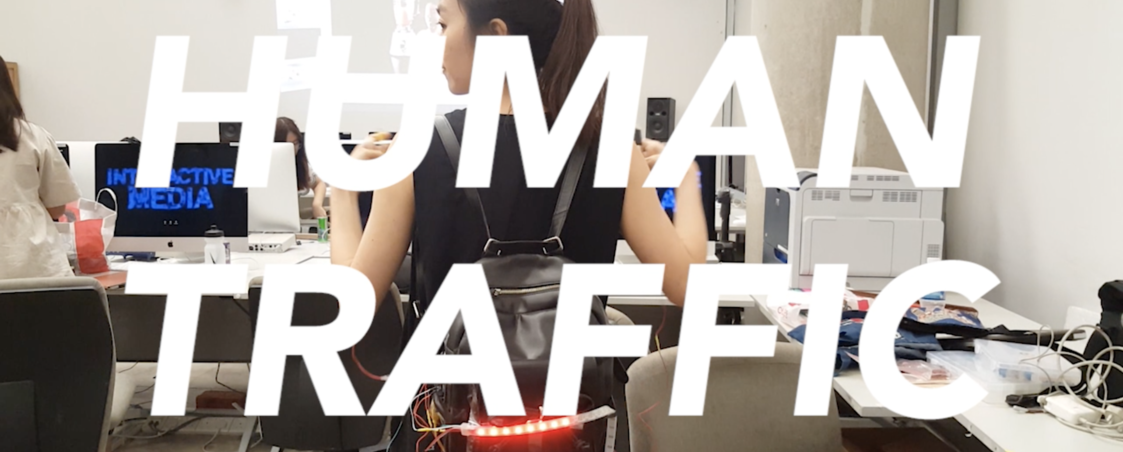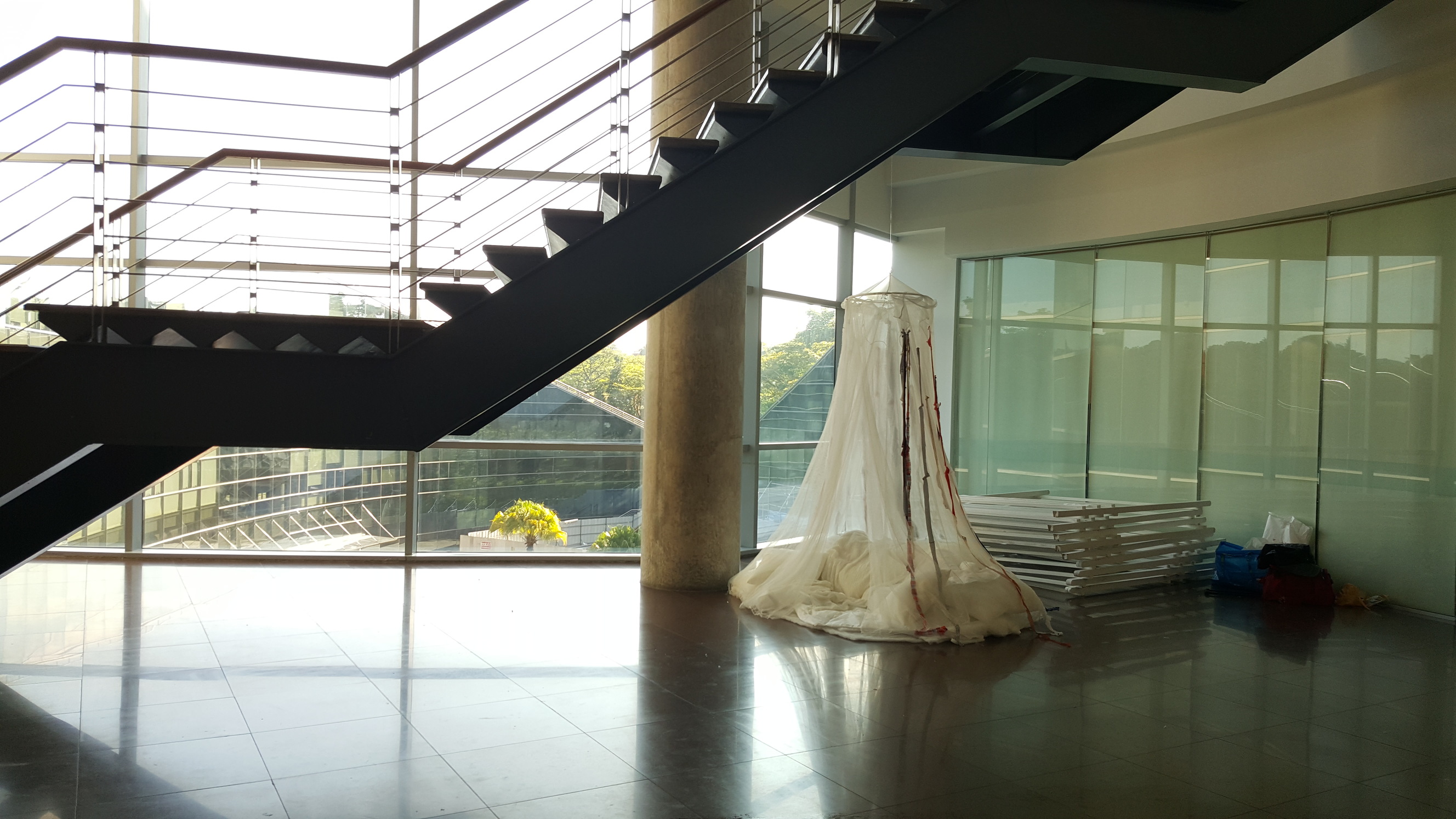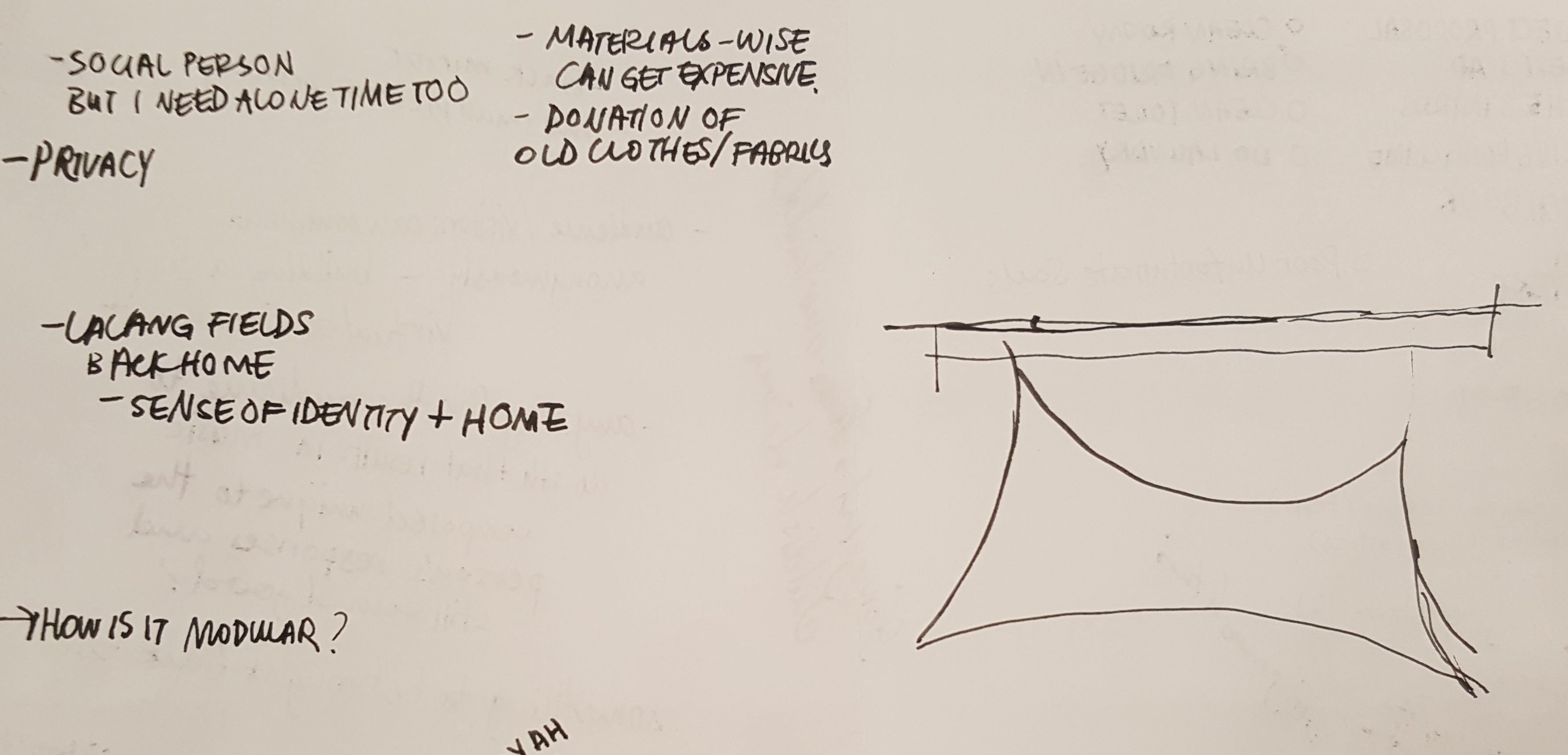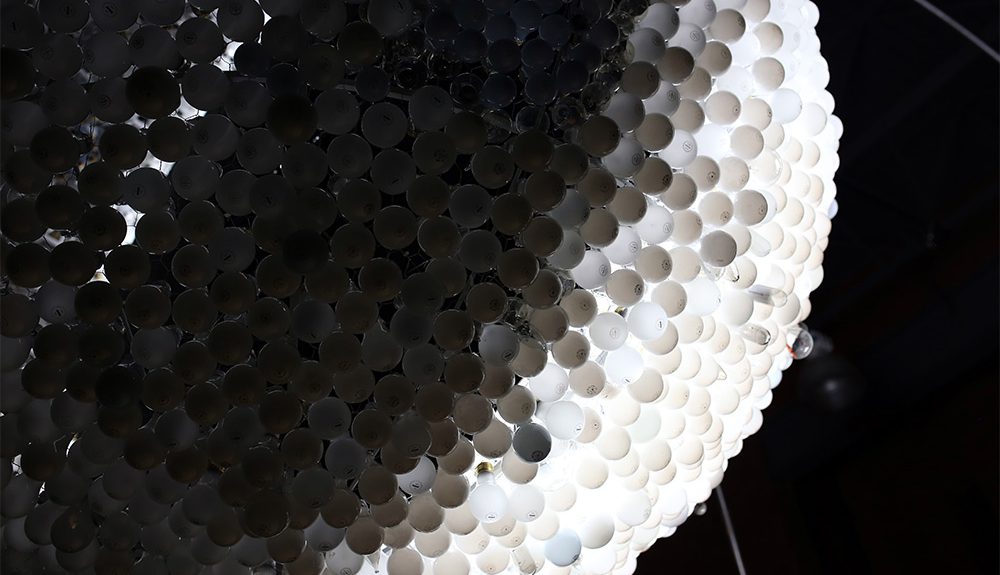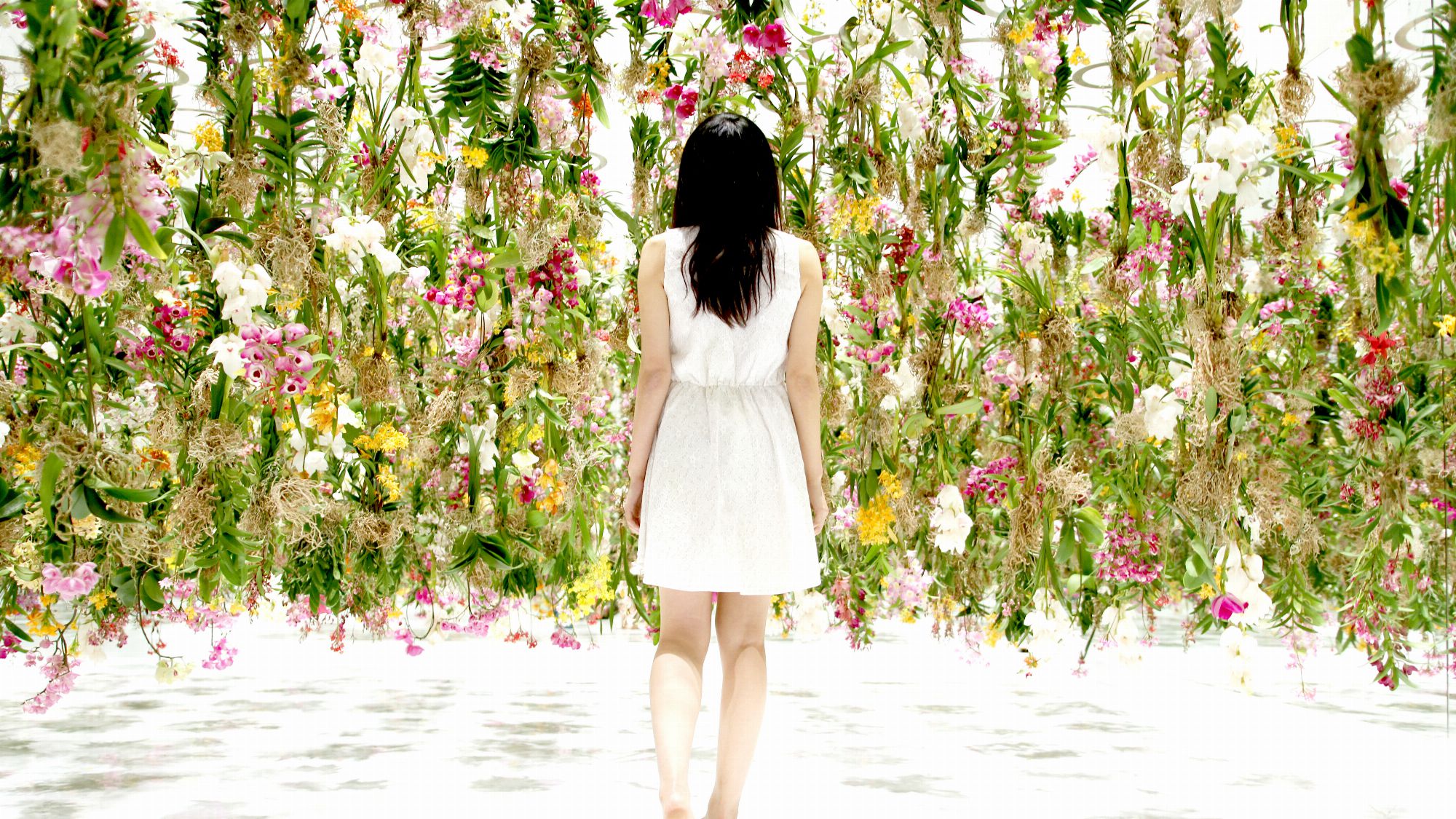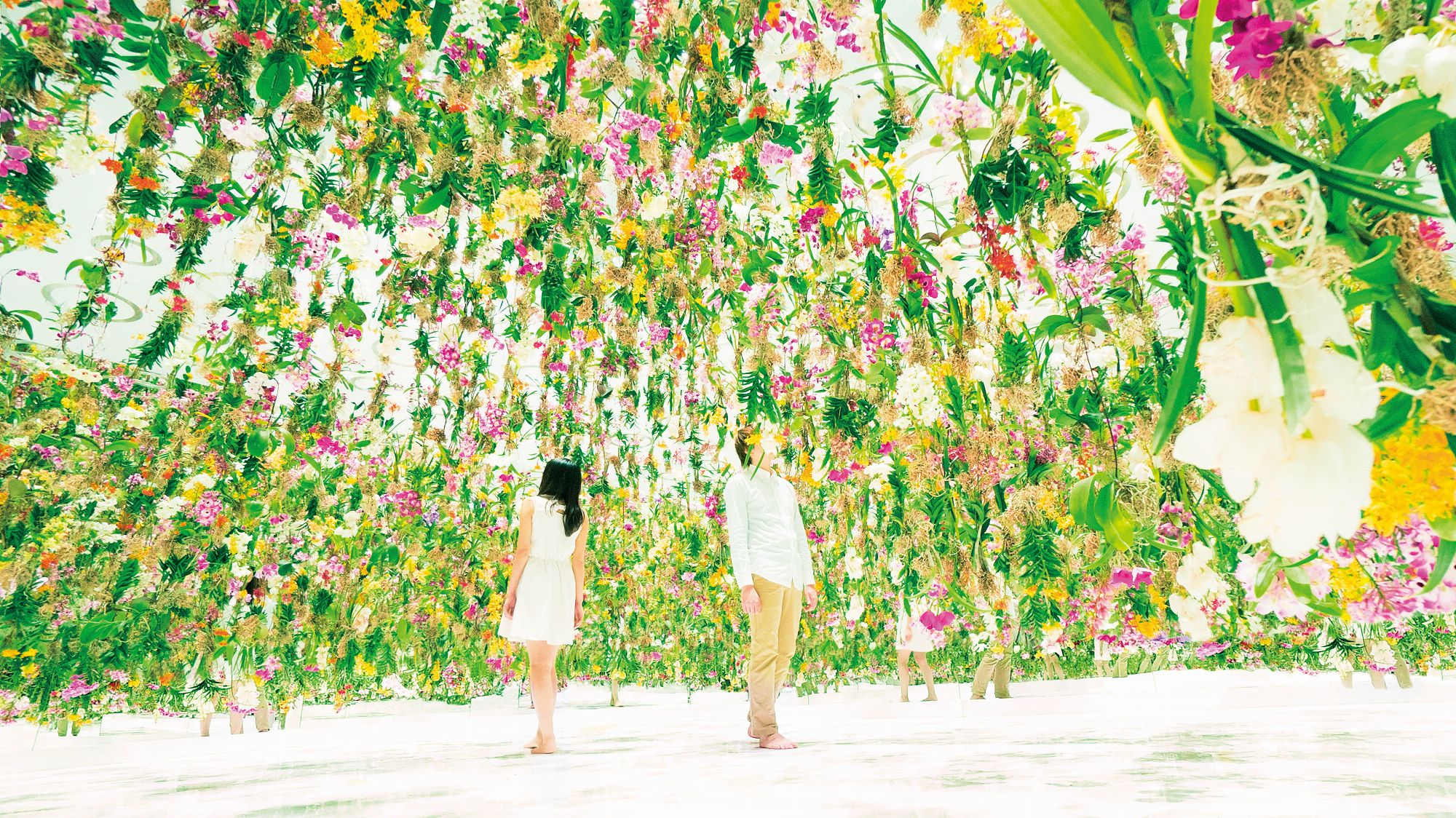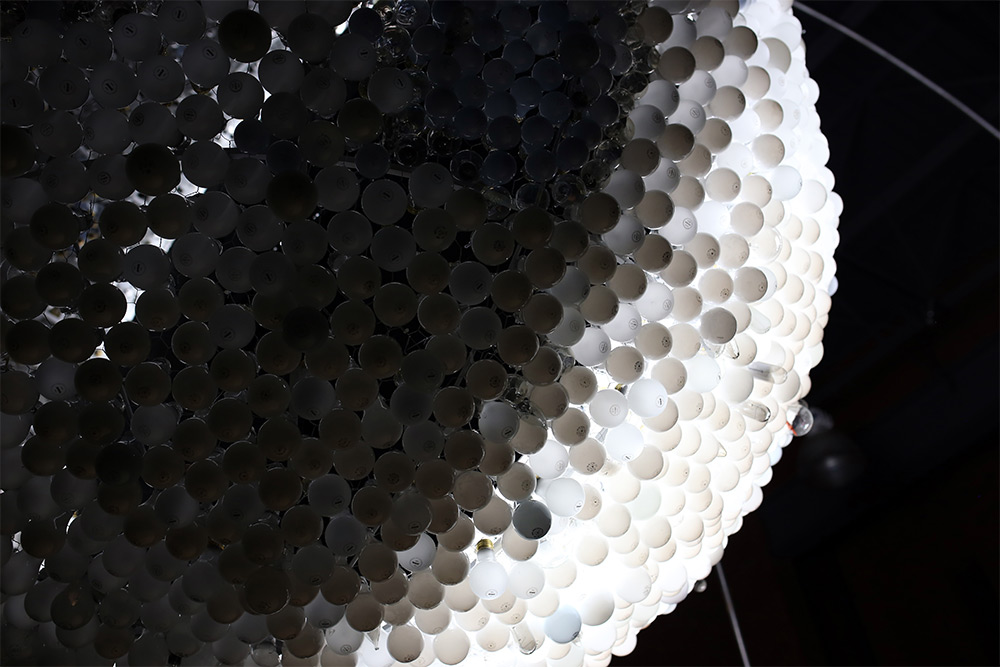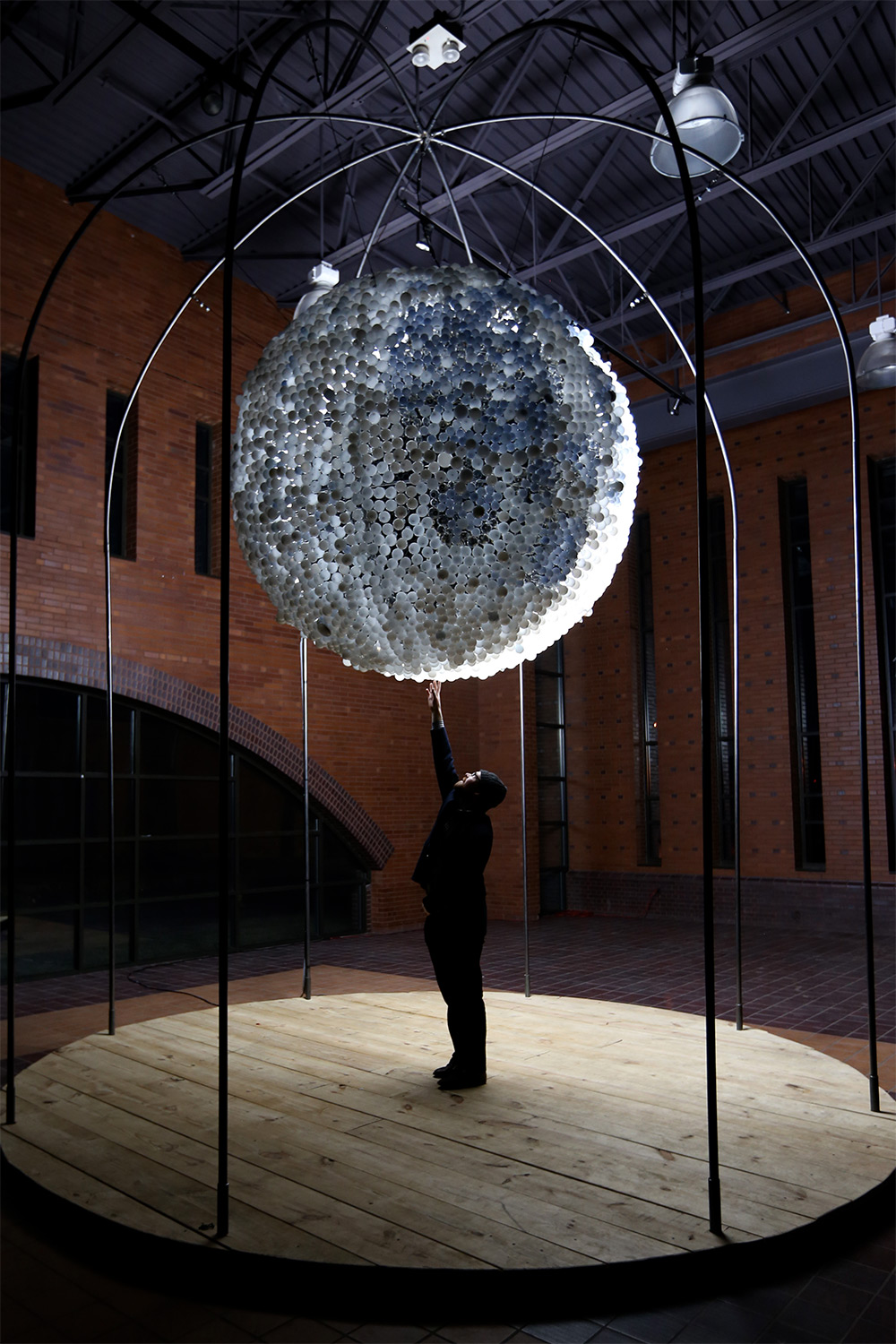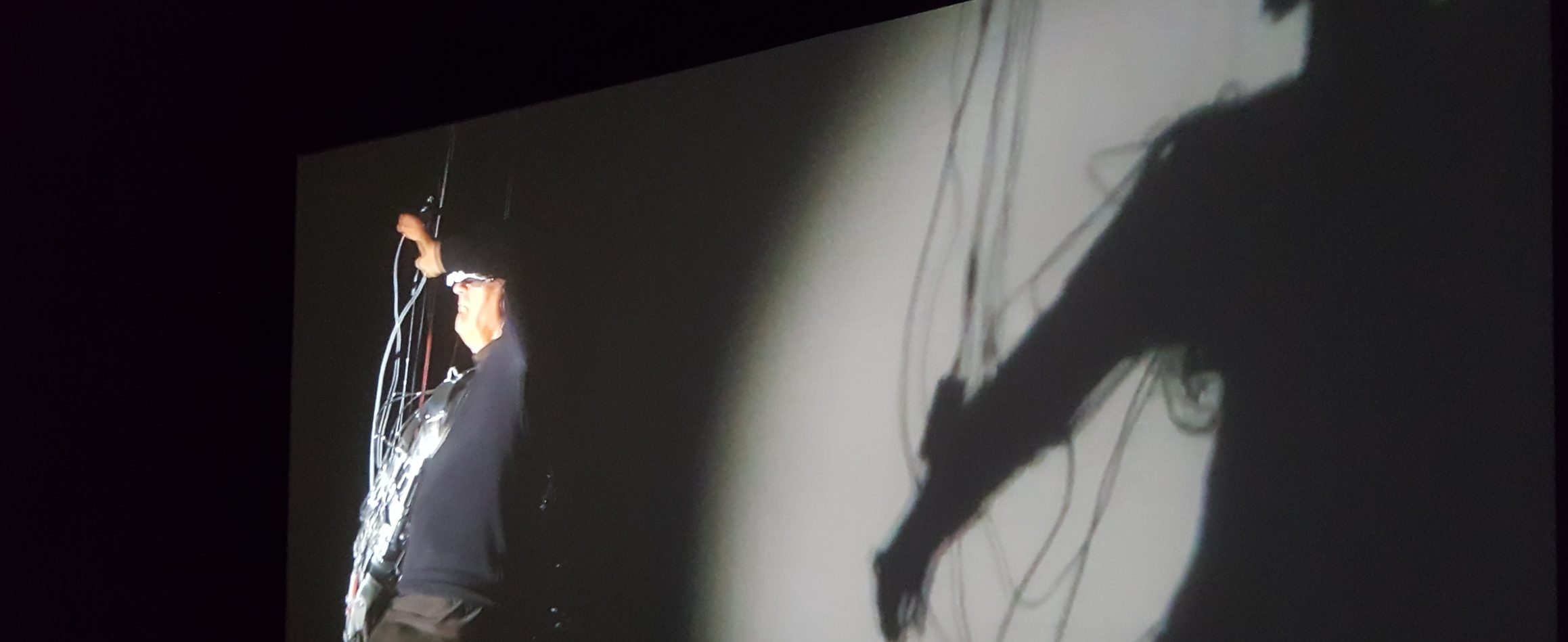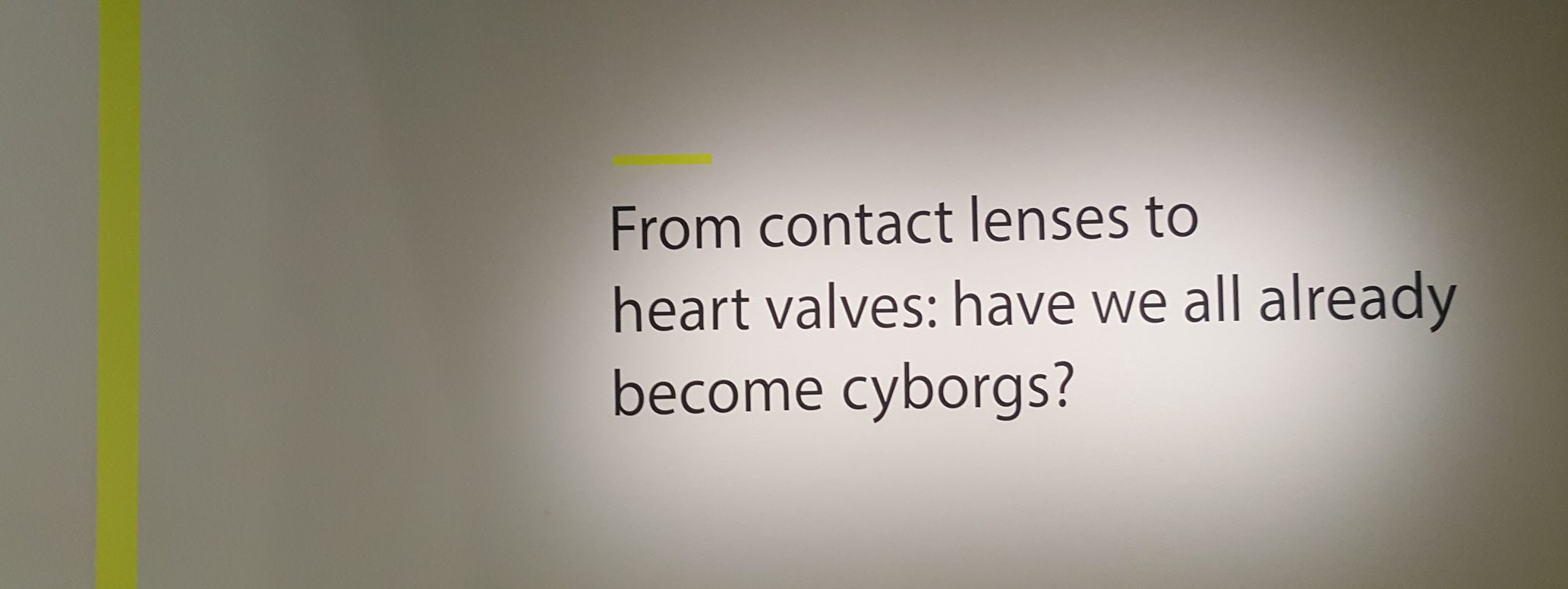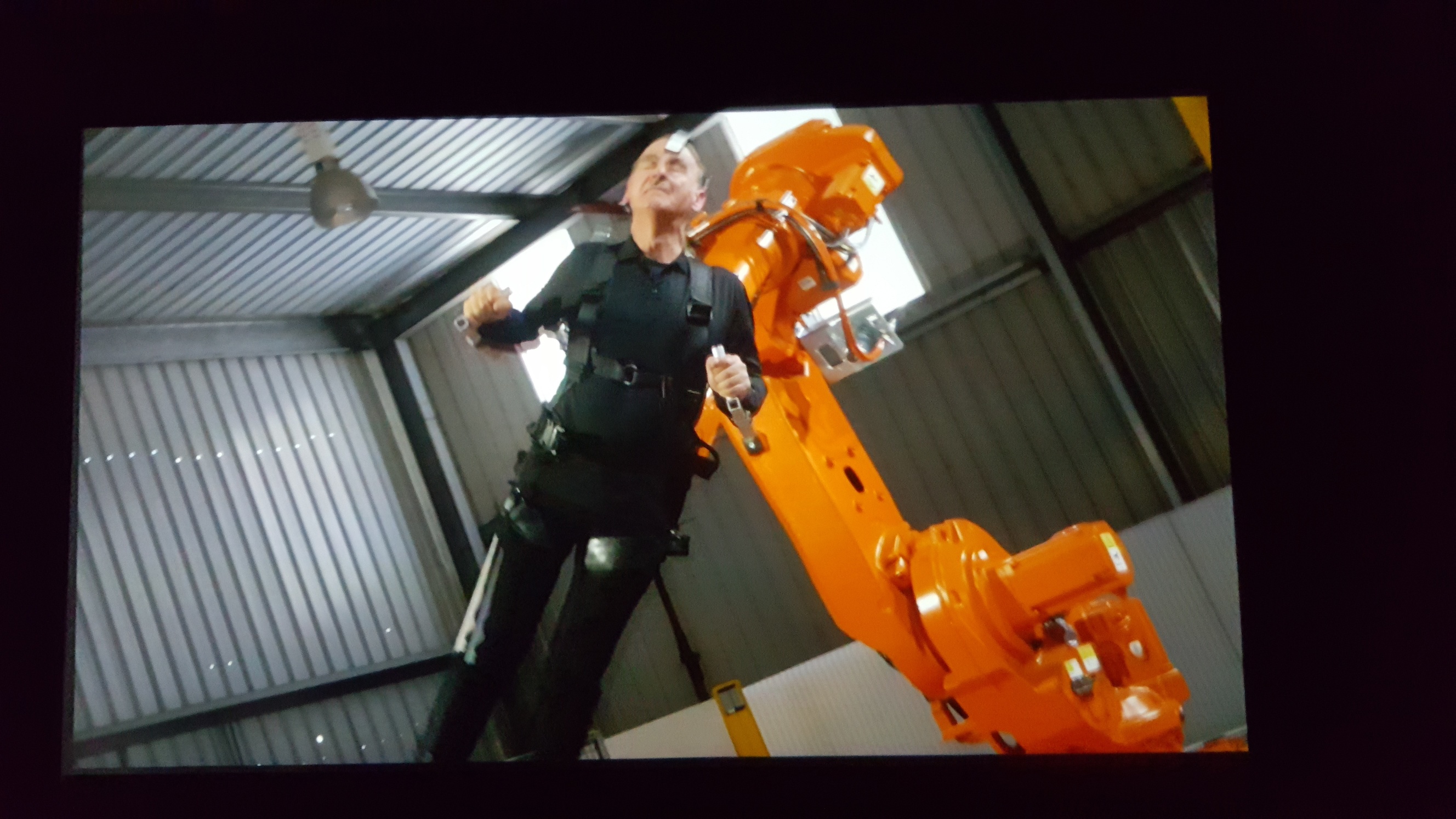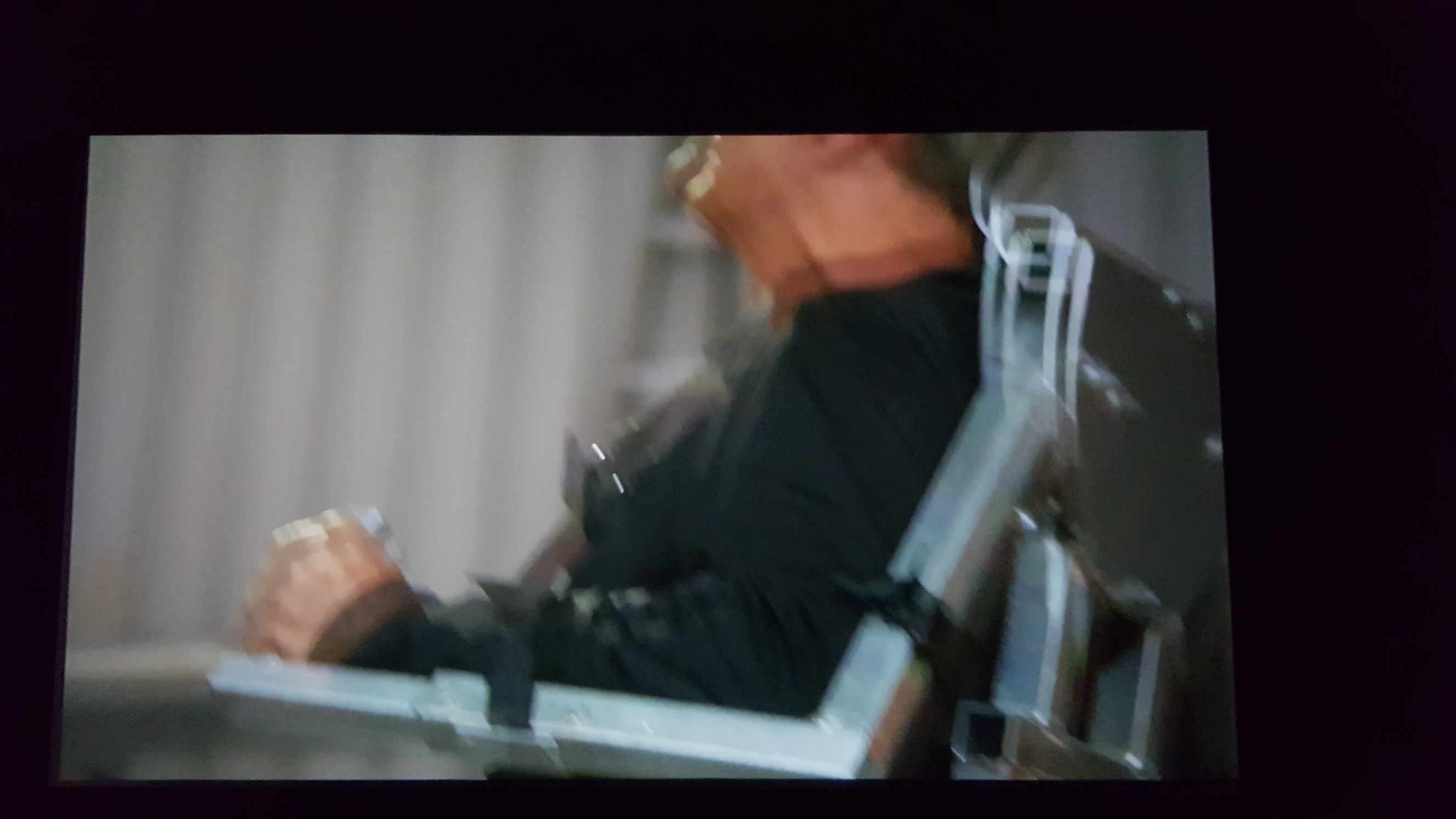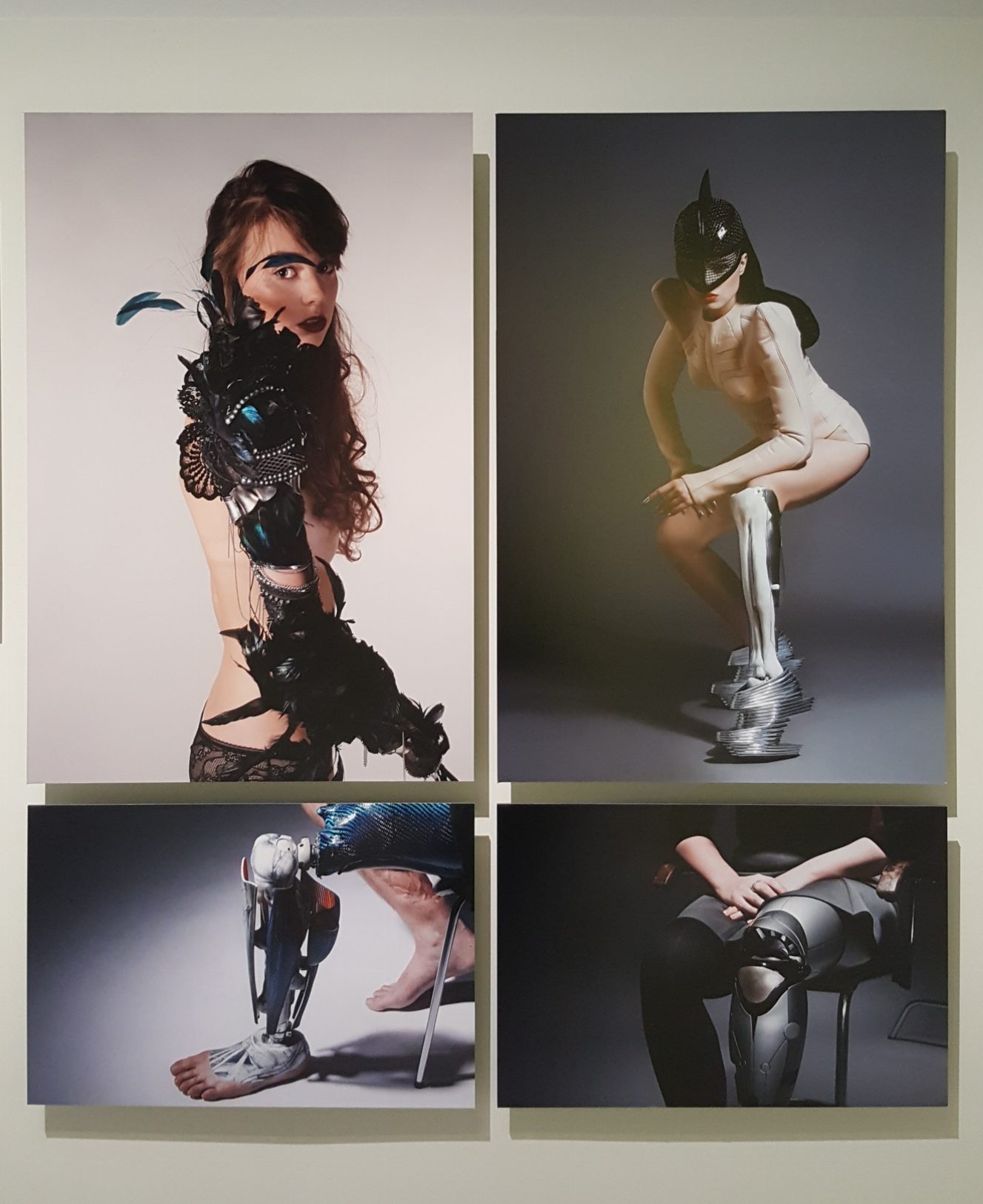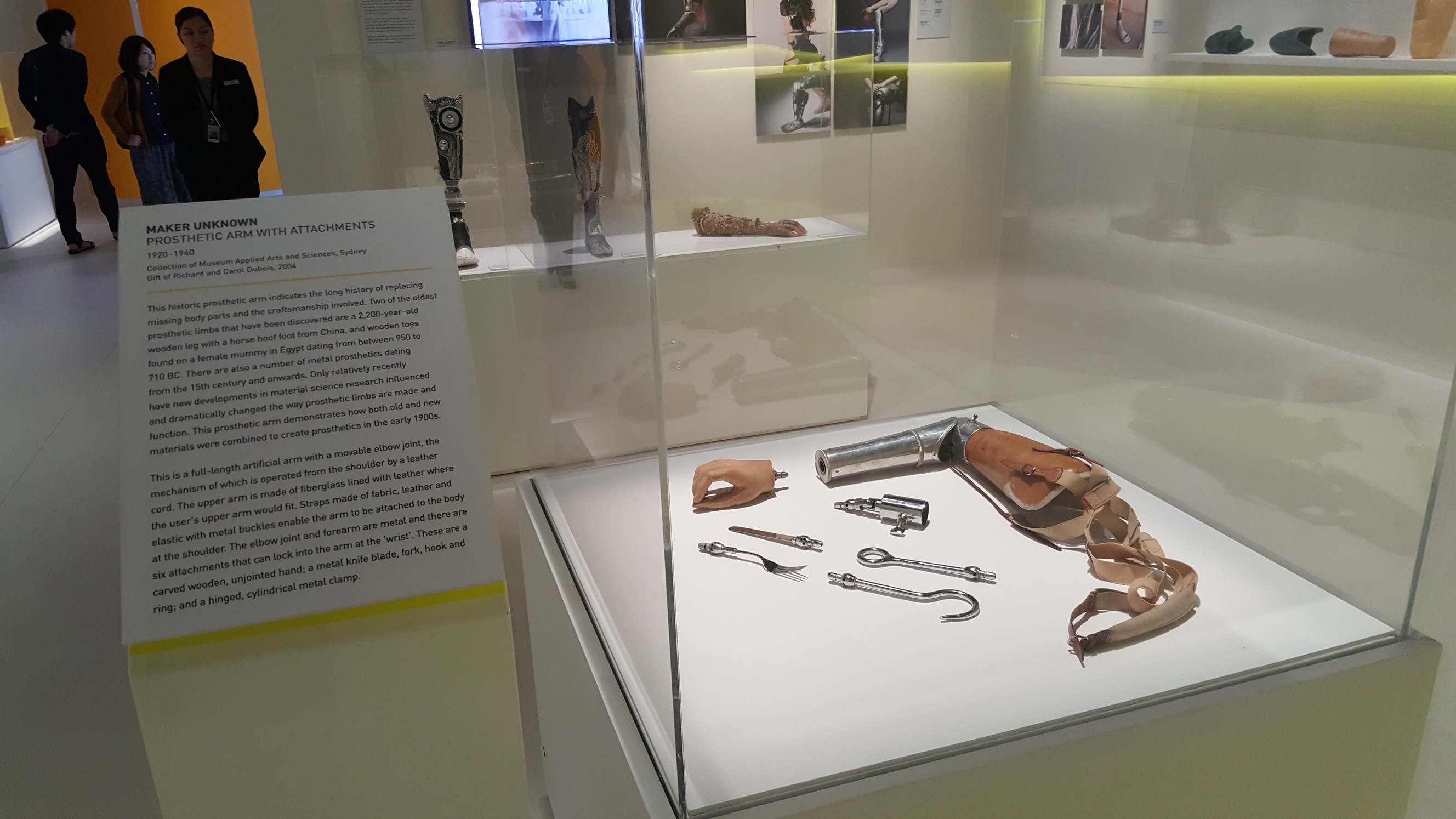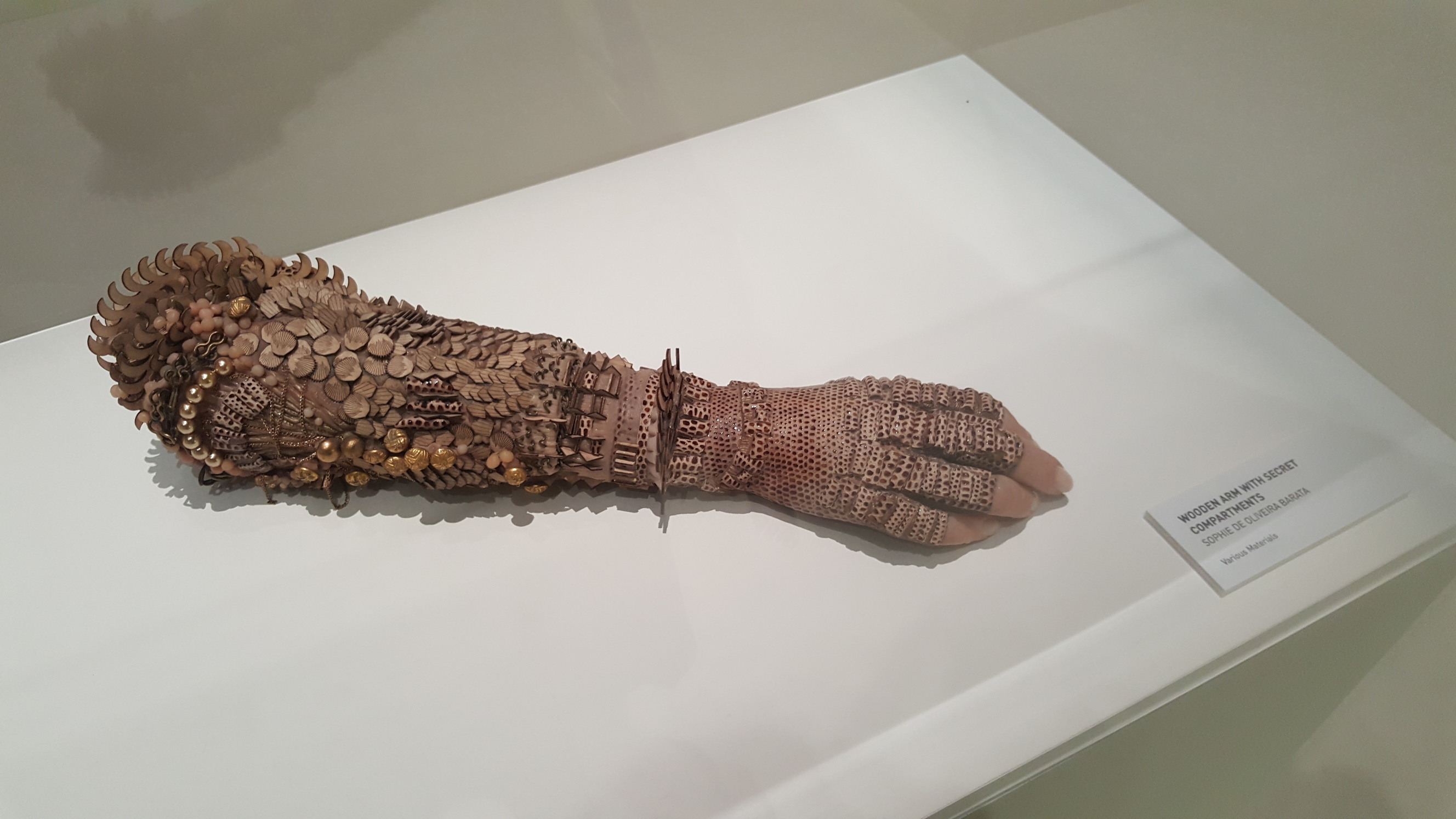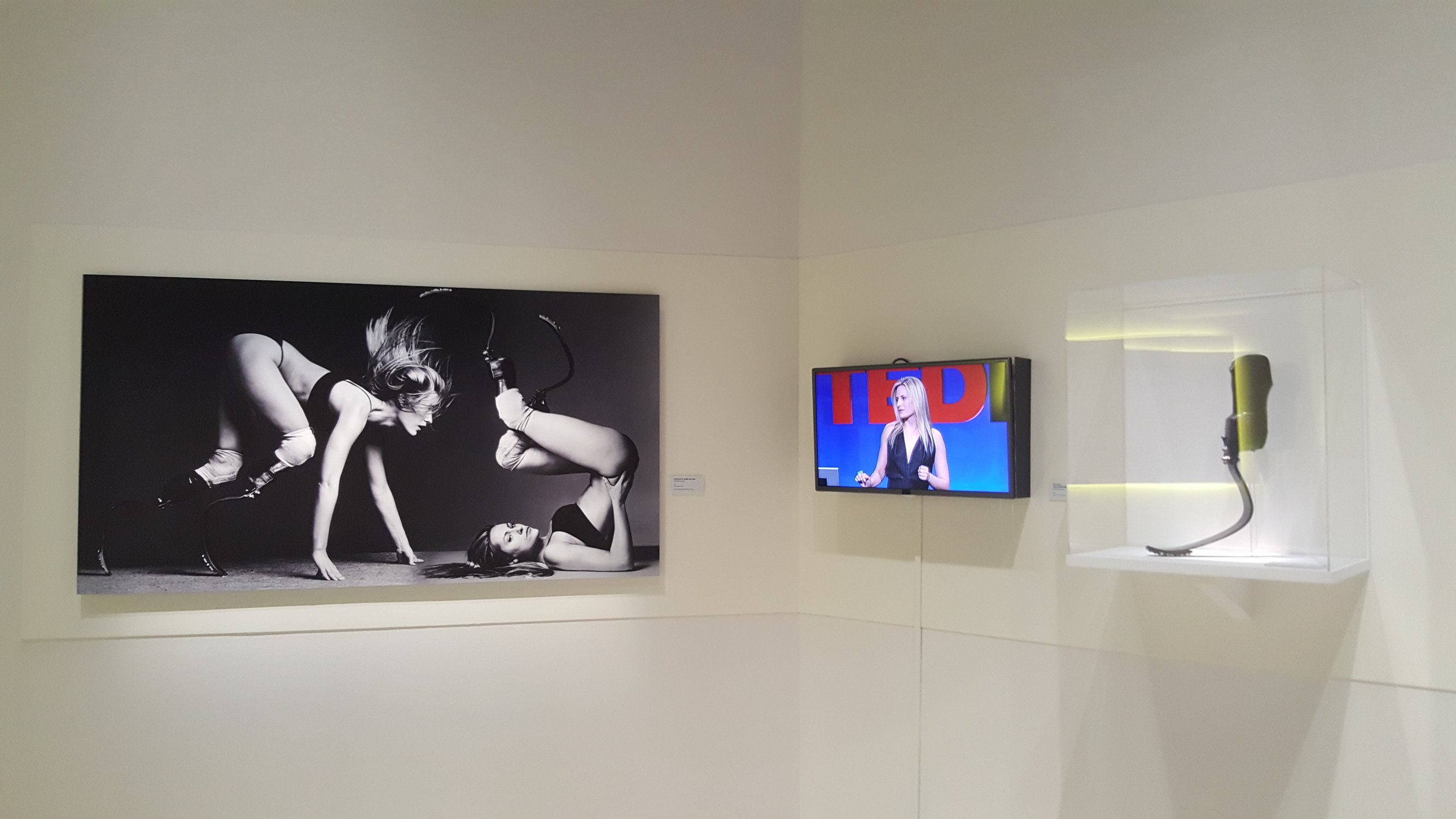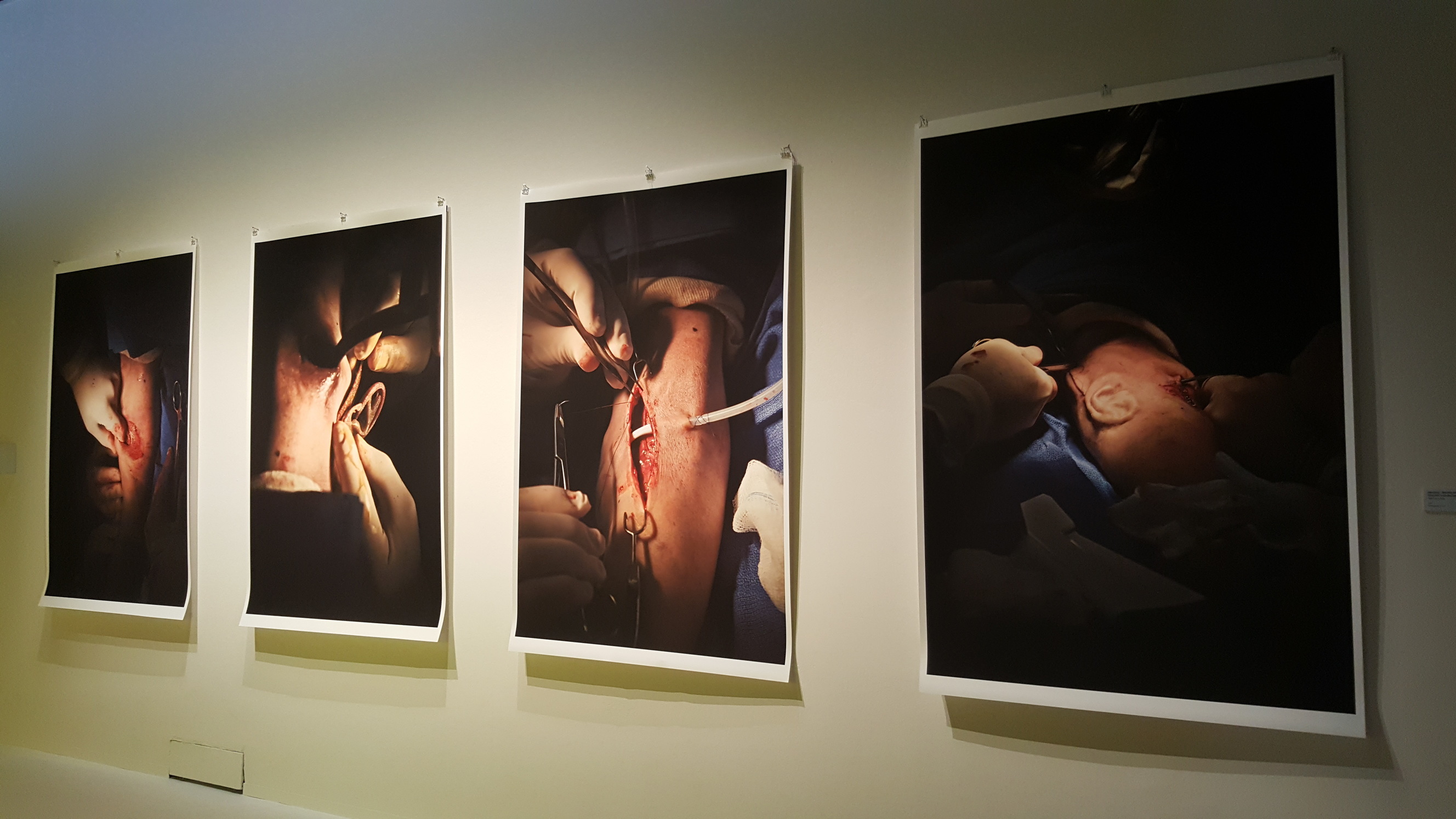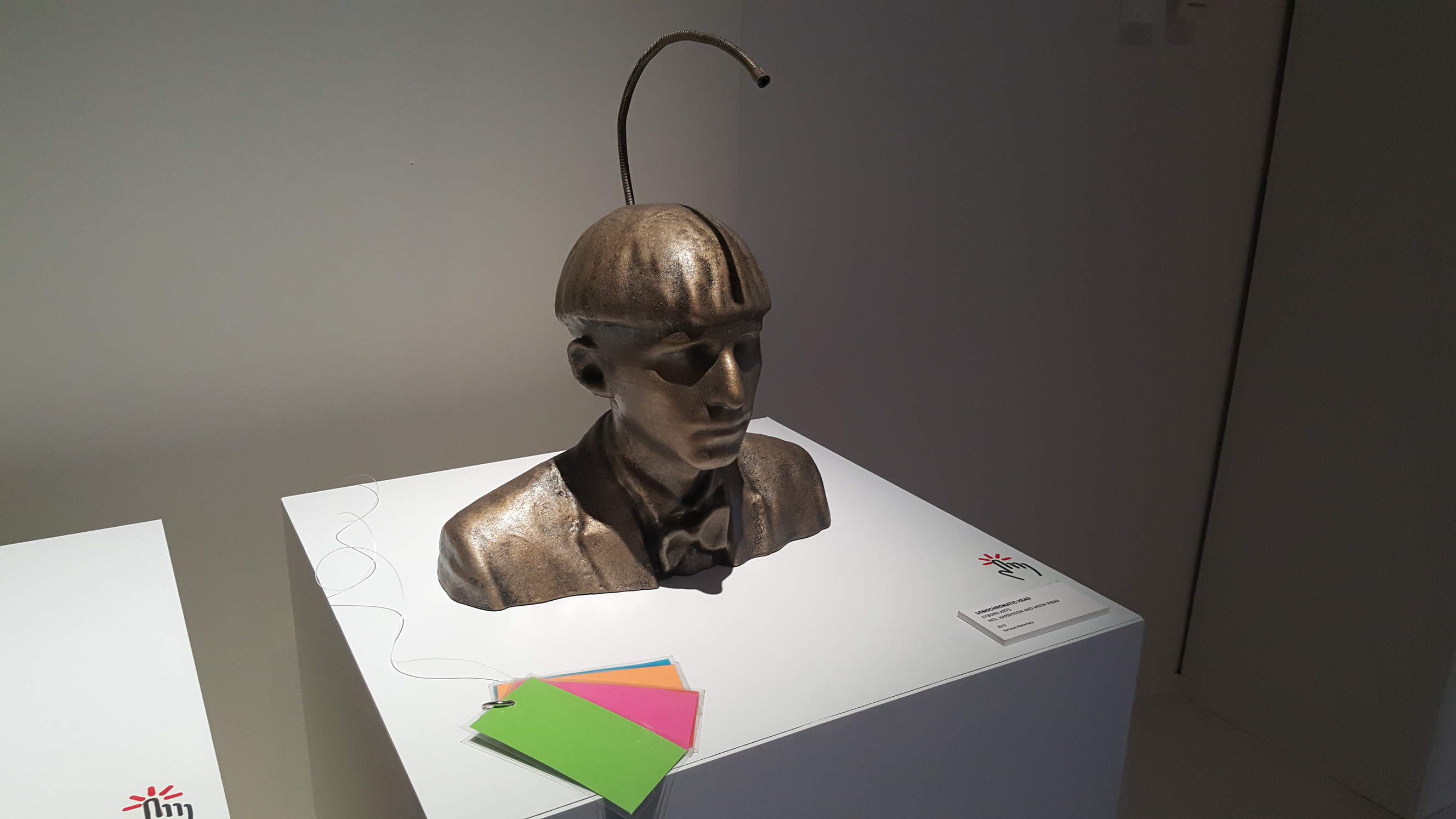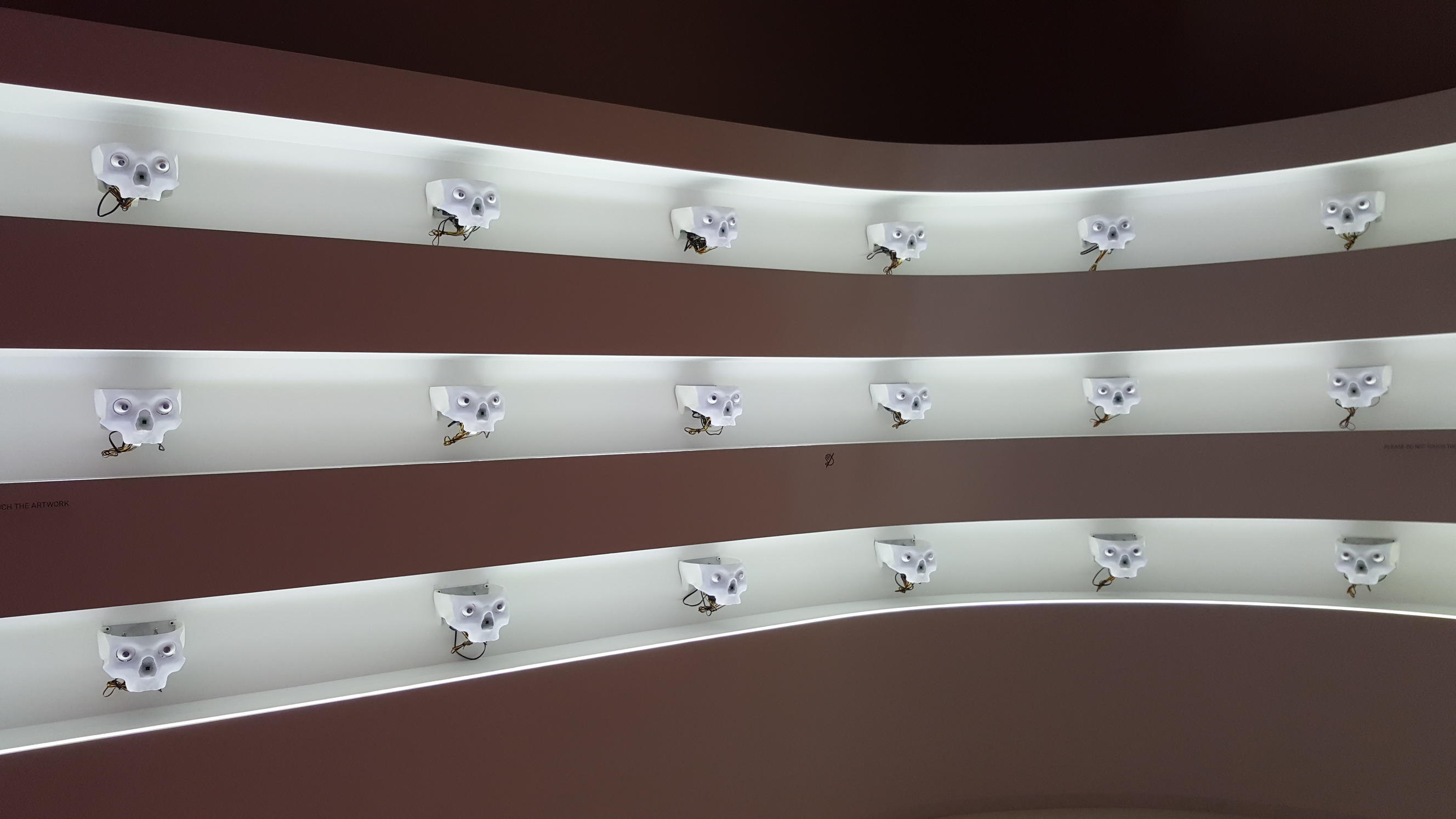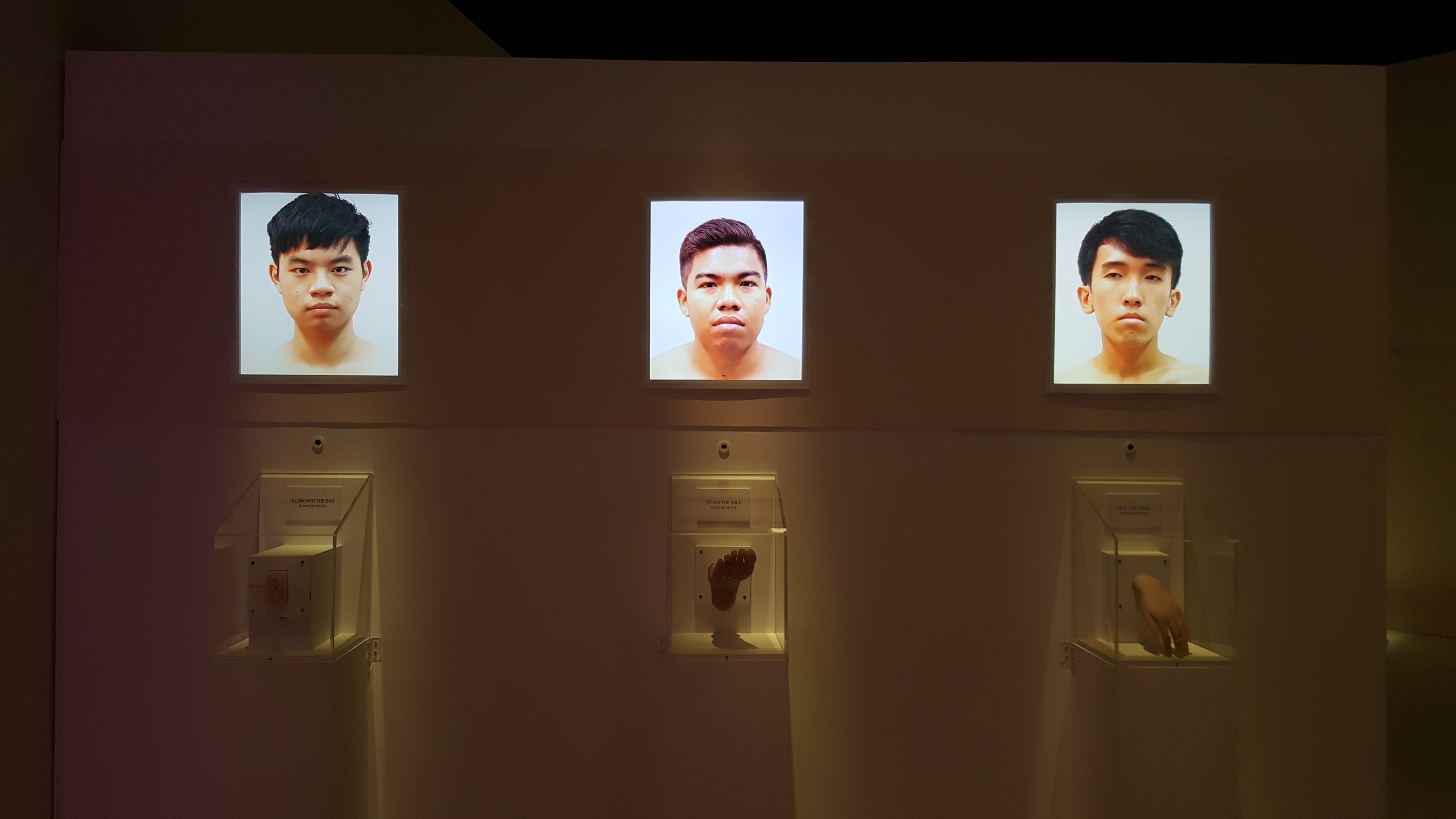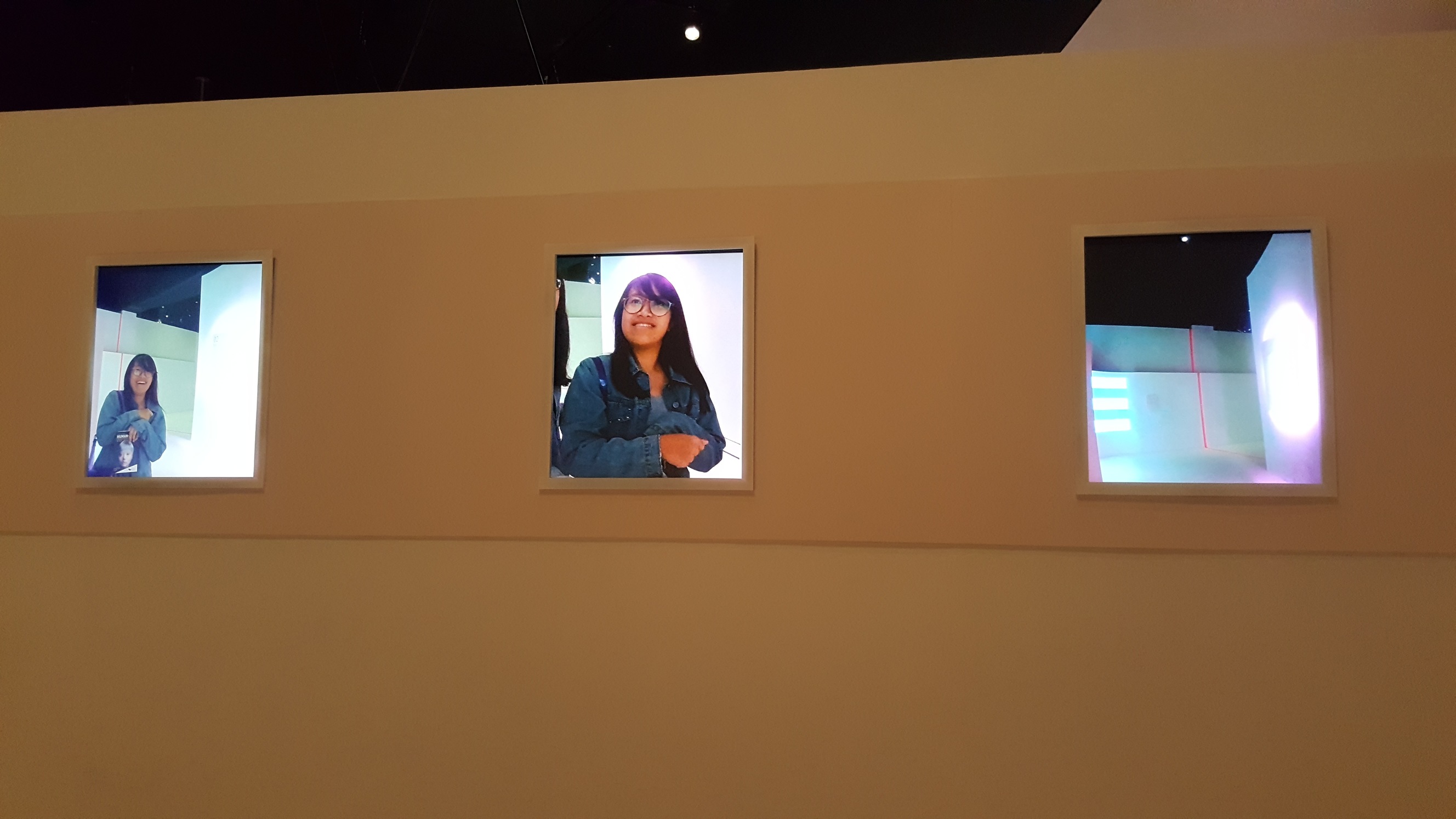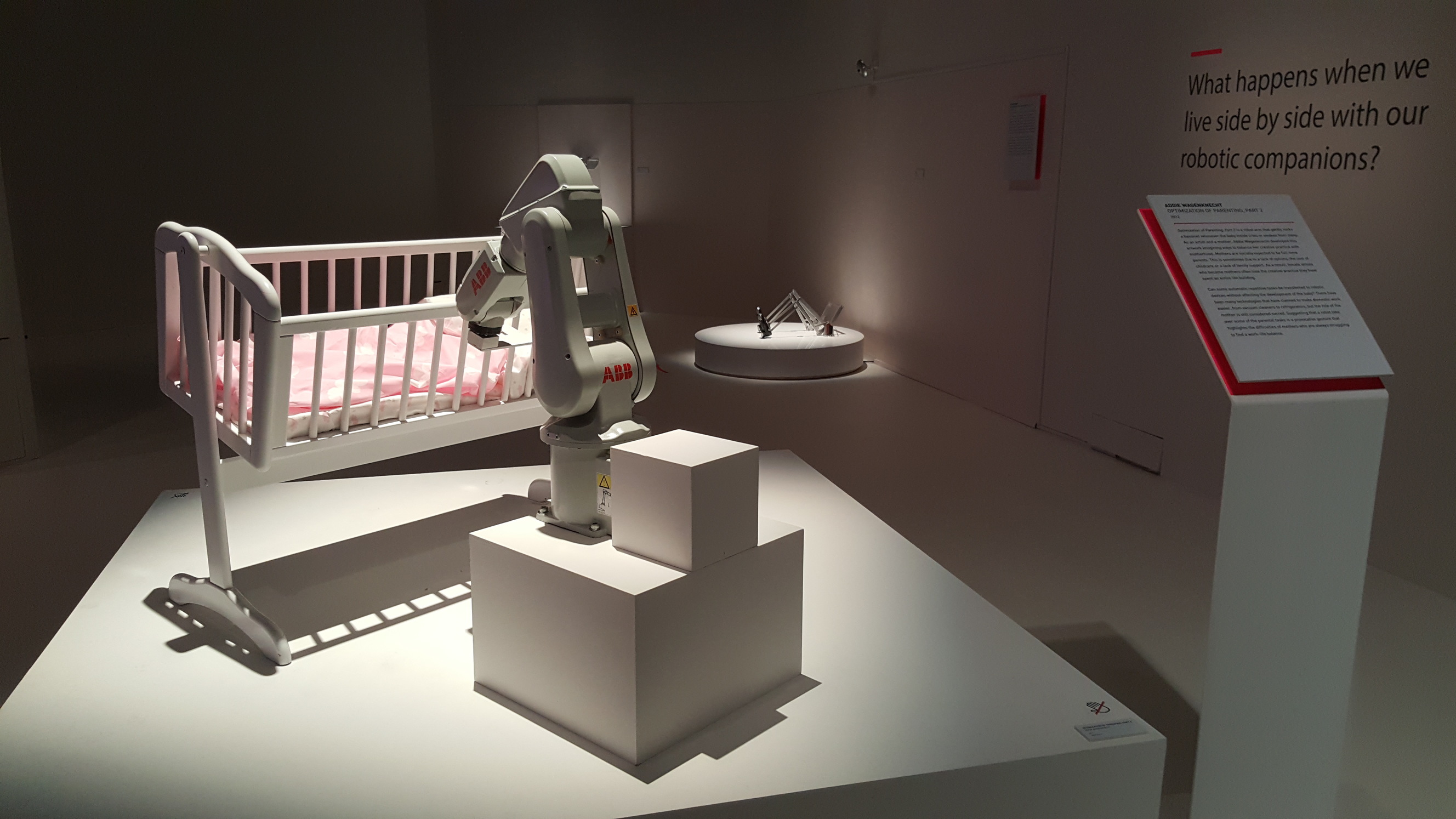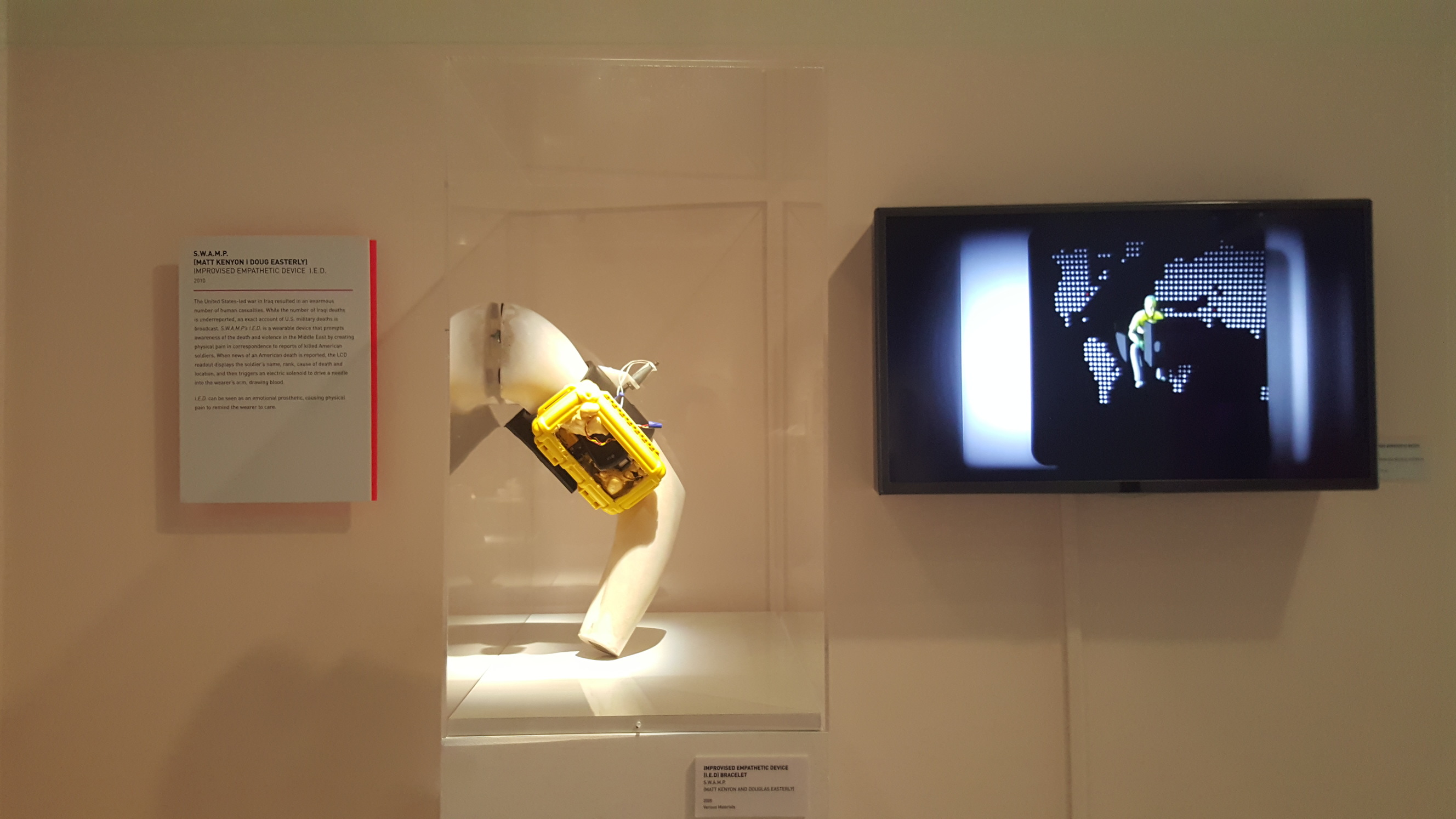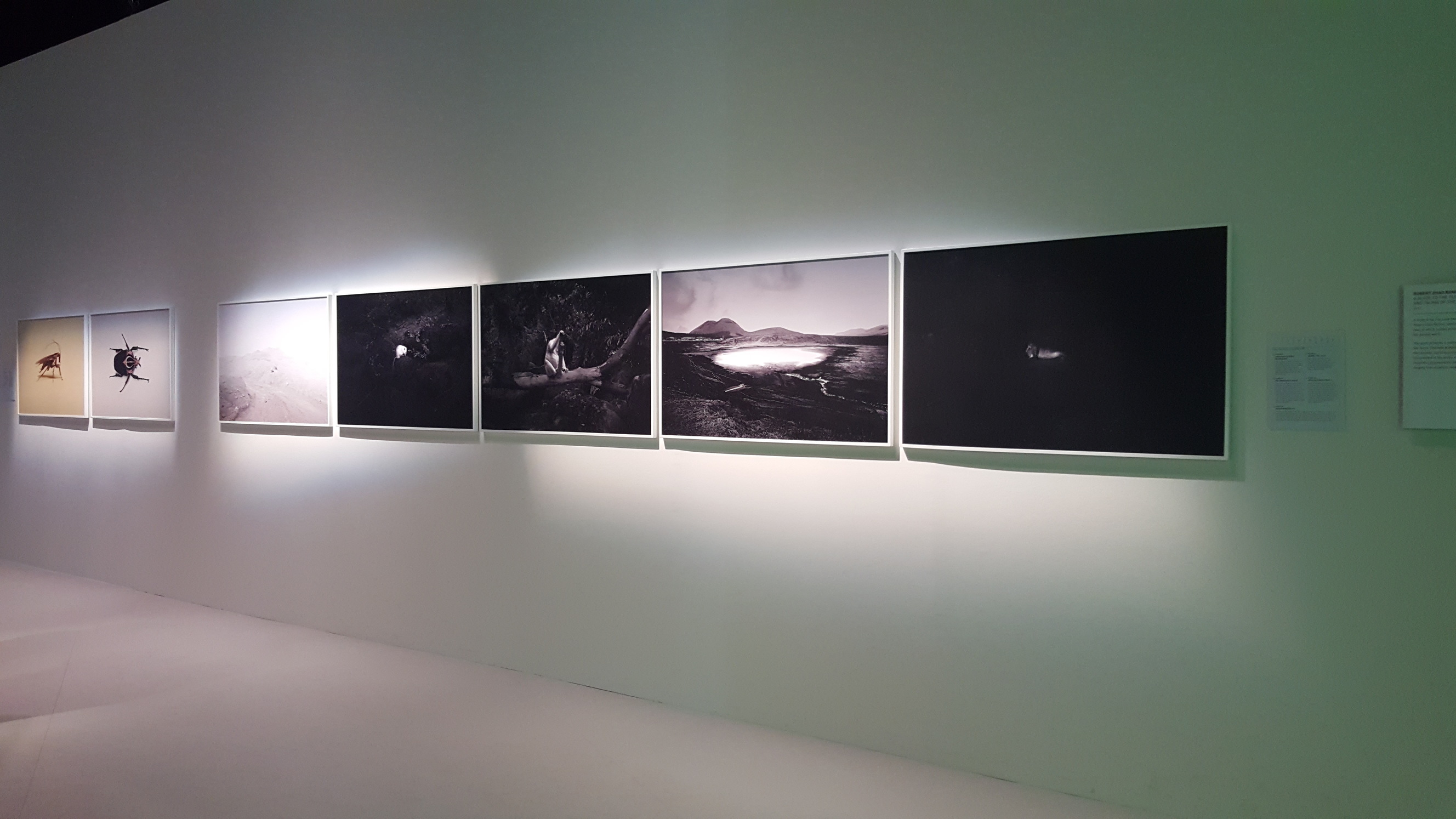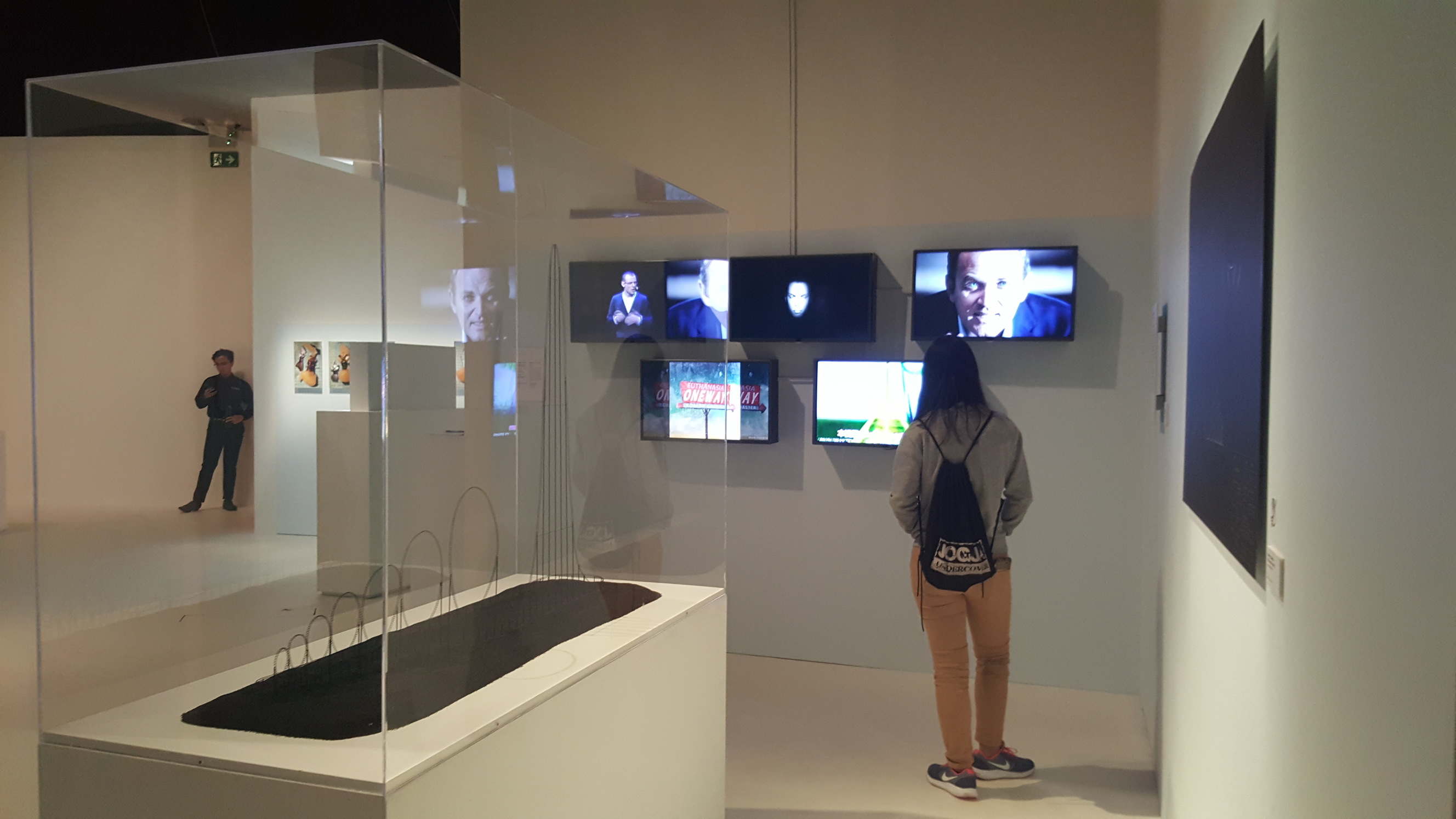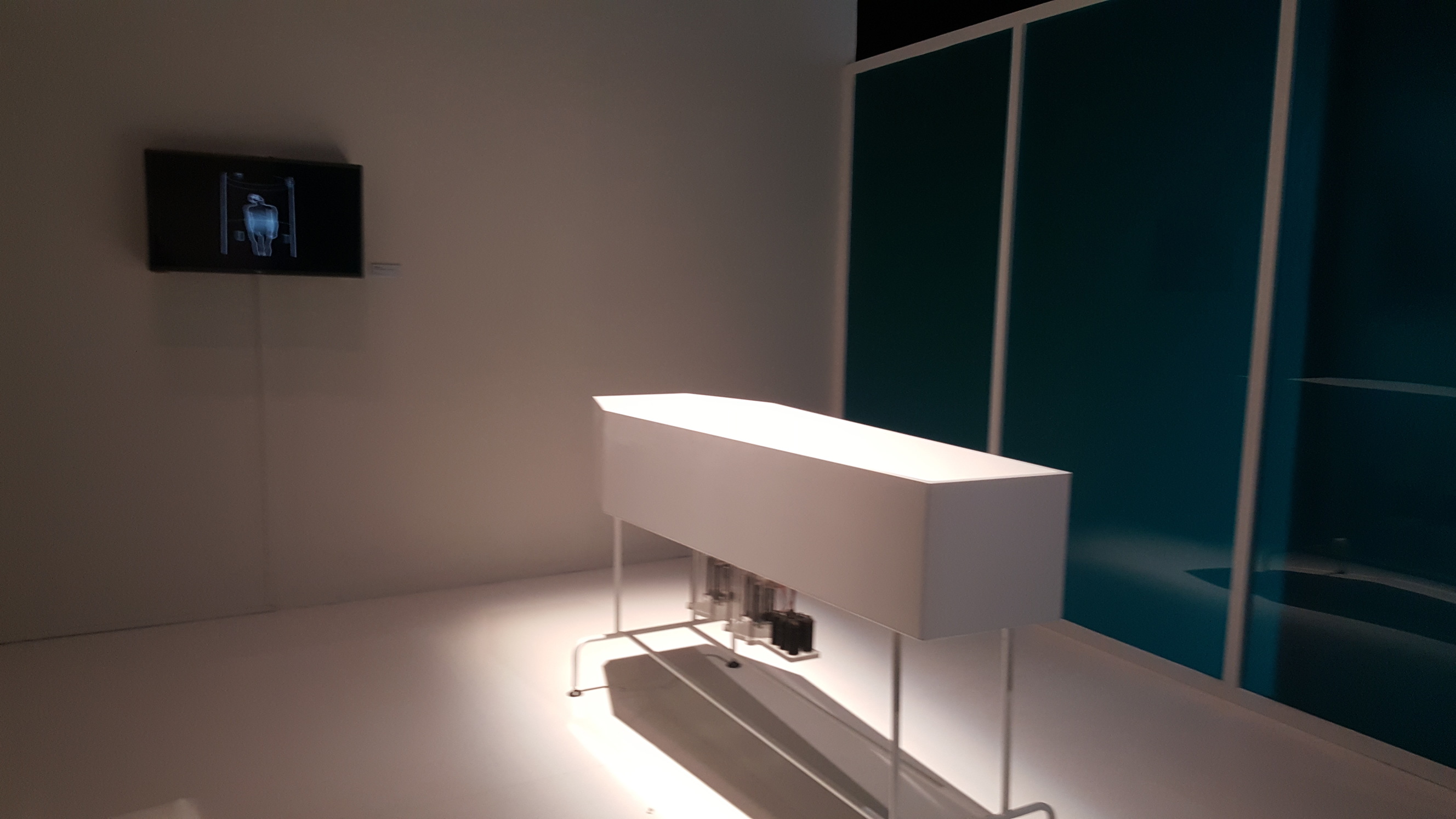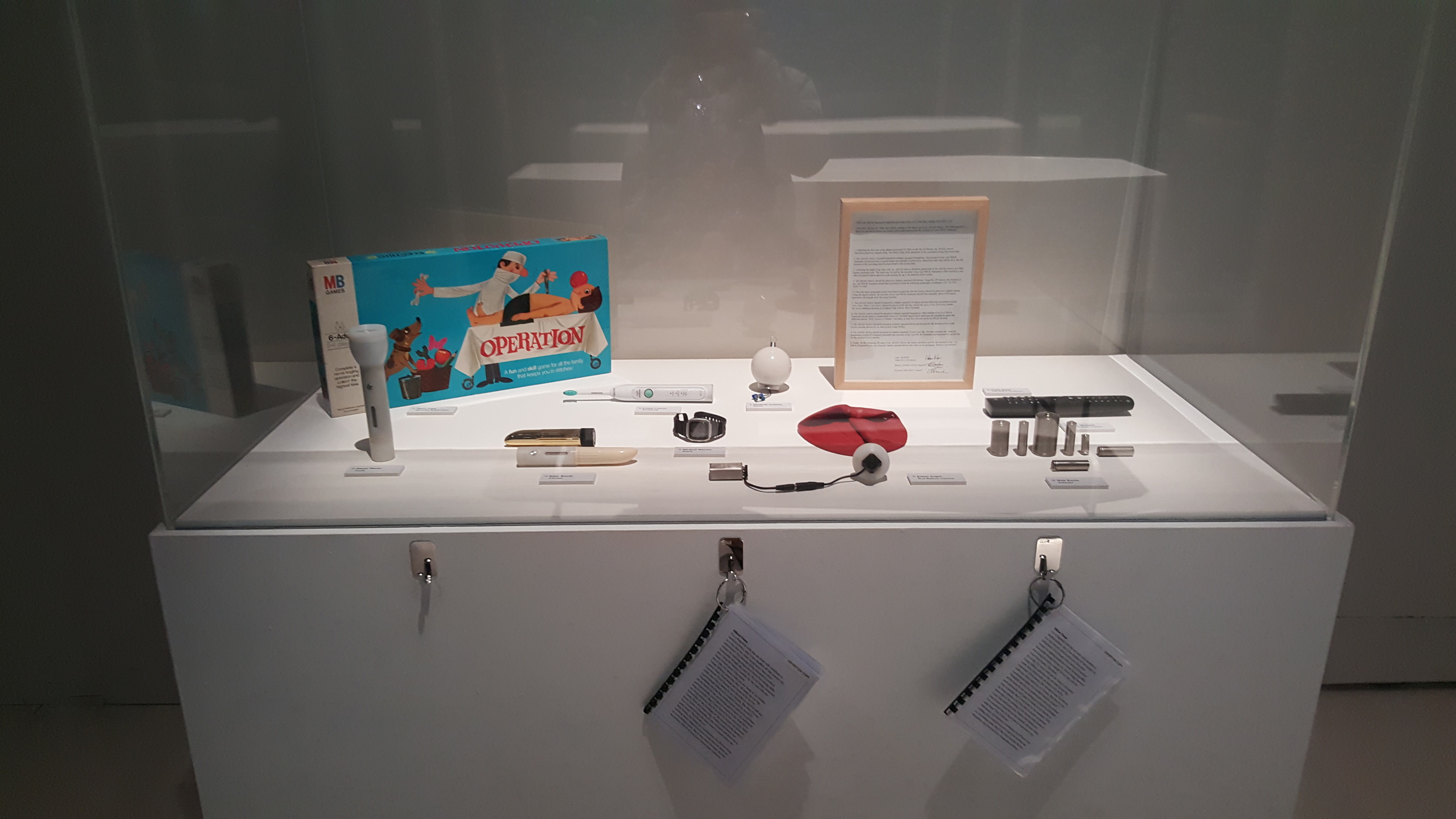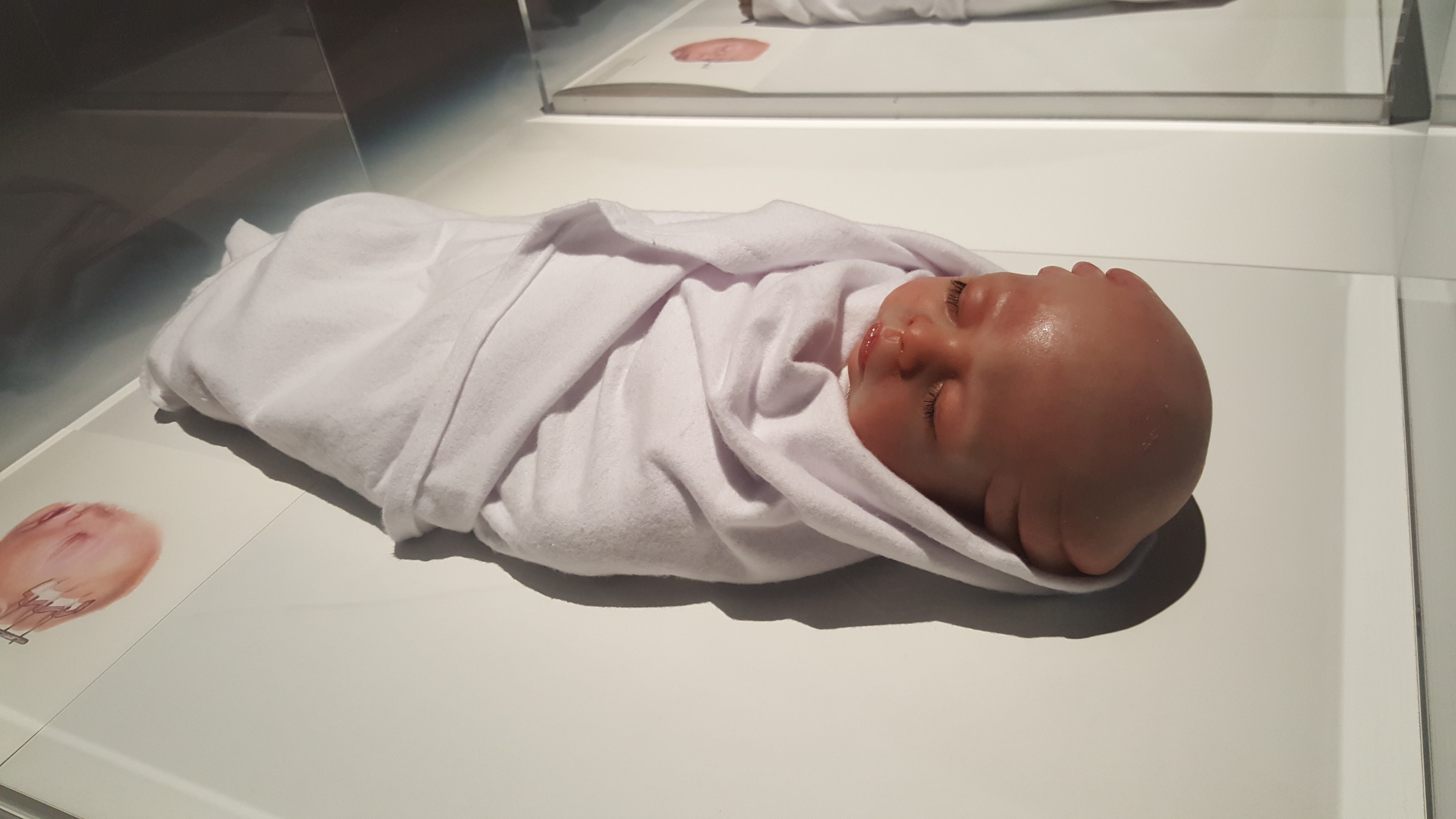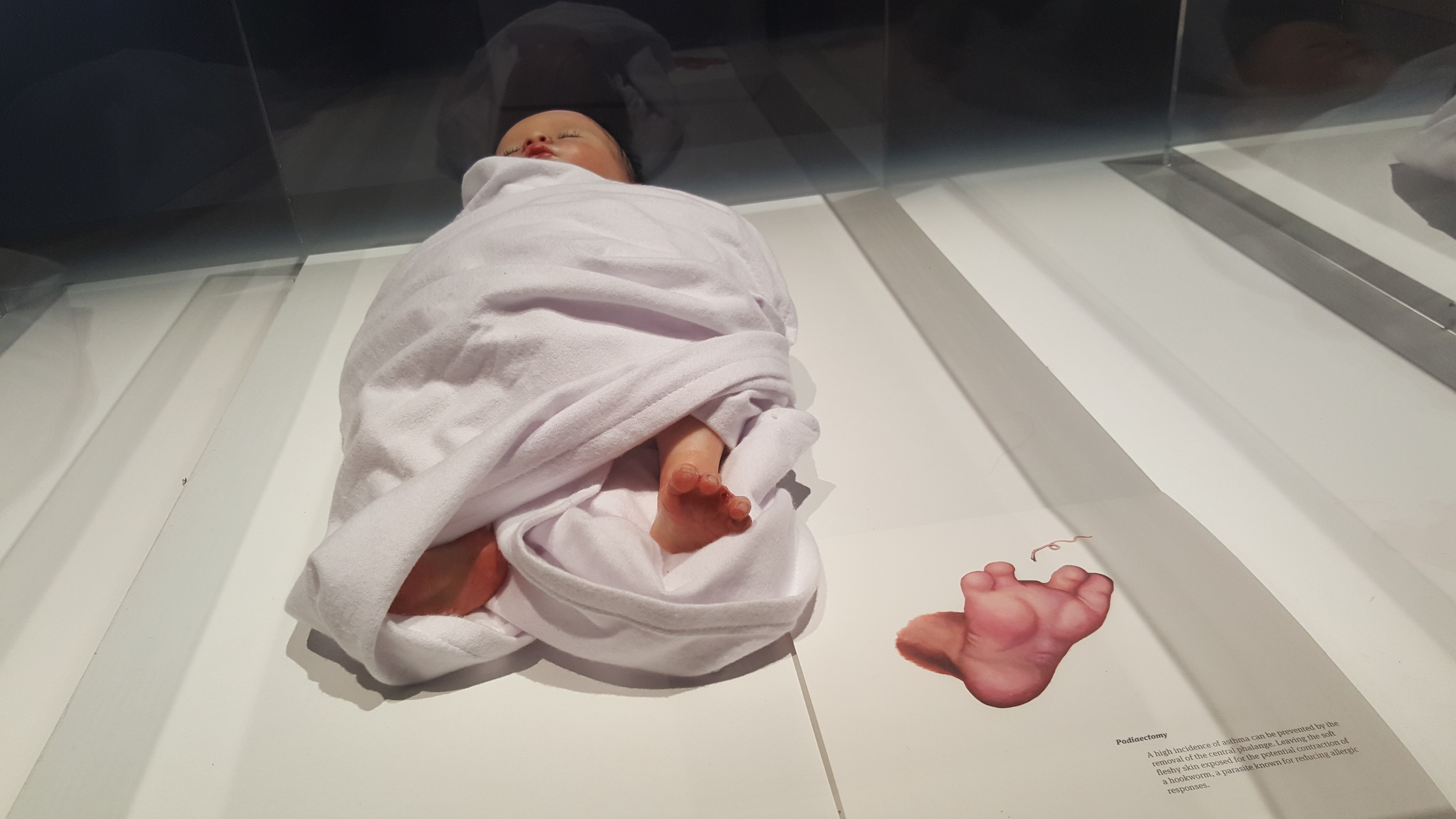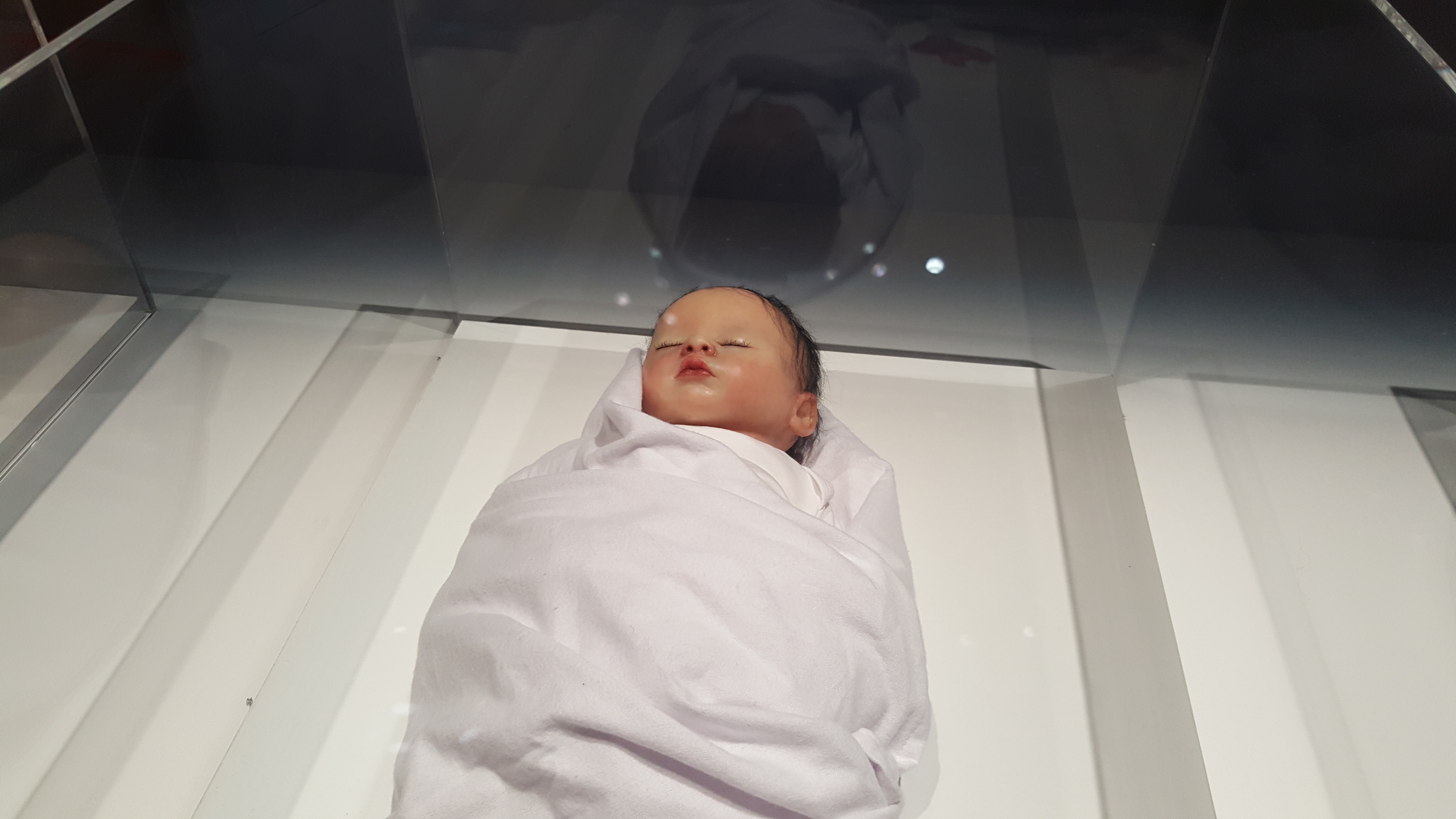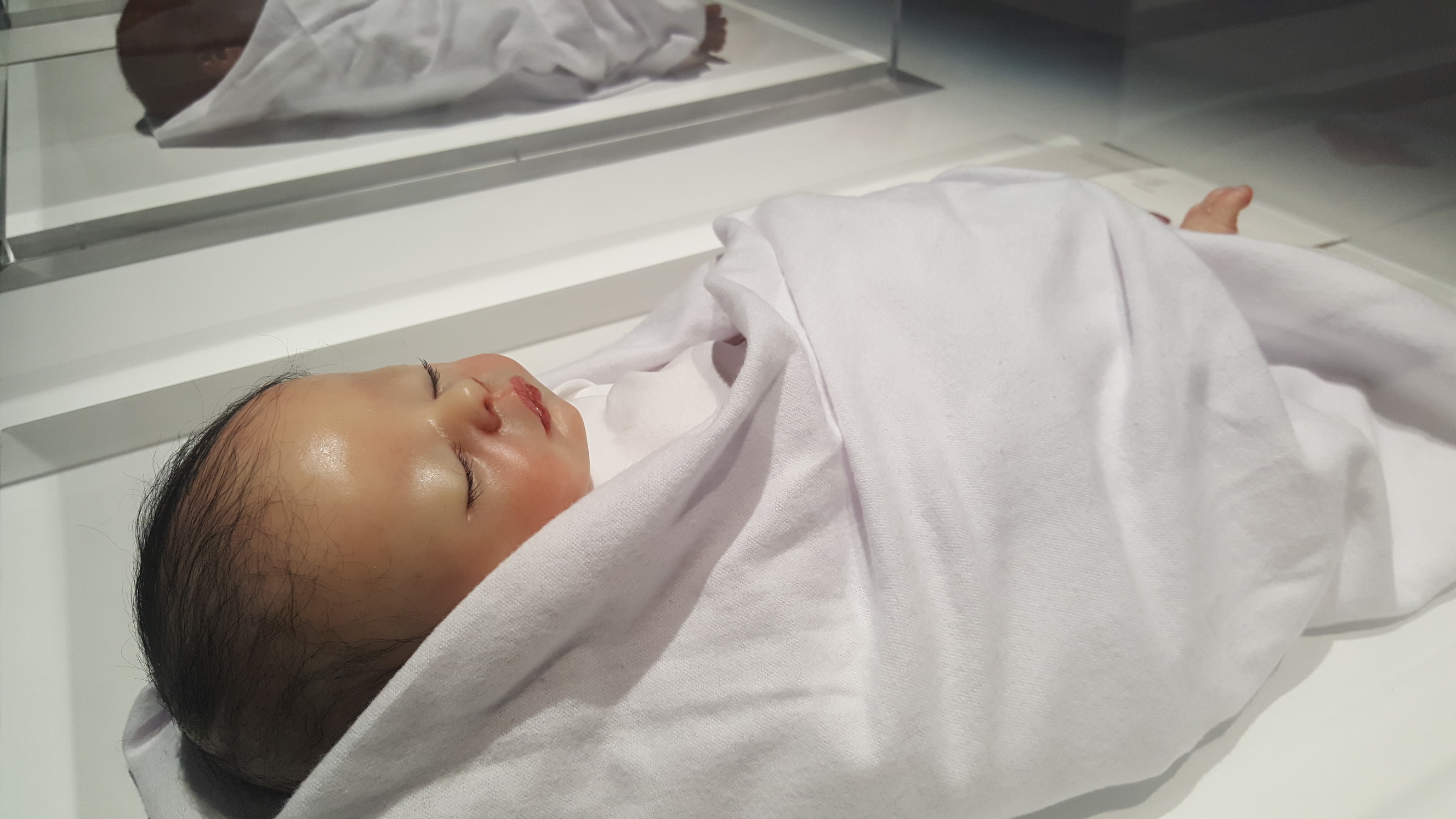Click here for the Google Slides presentation!
Tag: InteractiveArt
Radio Functions on a Chair // Adding Modalities (Clarita, Mark & Zhou Yang)
Human Traffic (Bridgel, Clarita, Ling Ern, Viena)
We can become cars now 🙂
Done by Bridgel, Clarita, Ling Ern and Viena
For details on process, check out Ling Ern’s post!
INT 1 – Memento
Memento
As an international student, I used to rely on memories of my life in Indonesia to identify myself. I recently realised that regardless of how or where, I will constantly go through new experiences and they will become memories that shape who I am today, and these memories are equally as important. Every encounter with another person would impact each other’s lives in one way or another.
My installation aims to act as a metaphor of the human mind. At the start, the installation is akin to a new-born, pure and plain. The audience is invited to spend some time inside and think of a memory that shaped their identity, after which they can leave their mark by tying half a strip of fabric onto the exterior. The other half they can bring home as a memento. As more people come and go, the installation transforms into a colourful assemblage of fabrics. The audience become the experience themselves and by participating, they have become a part of the installation’s memory, a part of its identity, while they bring back a piece of the installation too.
INT 1 – Process 2
For my initial inspiration, check out the first process post!
Previously, I started off brainstorming some ideas.
 I decided that I wanted to create this modular net of sleeping pods or hammocks which provides space for people to spend some alone time in. People are constantly working and have less and less time for themselves, and I personally feel that sometimes I would love to get a chance to relax in a space by myself.
I decided that I wanted to create this modular net of sleeping pods or hammocks which provides space for people to spend some alone time in. People are constantly working and have less and less time for themselves, and I personally feel that sometimes I would love to get a chance to relax in a space by myself.
It would be nice to have a personal-sized hammock where there are speakers that people can plug into, playing their own songs. I would also provide a notebook where people can write about anything they want. Write about their day, their thoughts, or a poem, even.
I wanted to crochet the hammock. Due to the material cost, I thought that maybe I can source for old clothes that I can cut into strips and use as yarn. This led to developing the idea from the significance of these old clothes. As I was thinking, it is as if I am weaving memories.
This led to me thinking, what if I create a space for people to think about their memories? Memories make us who we are today, I feel. Since I wanted a modular design which expands into a network of pods, I decided to focus on constructing one pod as a prototype. I then decided that the inner layer would be made out of white crocheted yarn while the outer layer could be covered in the strips of fabric from old clothes. This represents the mental space (internal), and the various experiences that make us (external).

I thought that this space would be perfect – with the opening over on the other side (yellow), facing the window, an enclosed space is created in the midst of a normal setting. The hammock (red) would be covered in strips of cut fabric (purple) from the donations. With this, I made 2 prototypes of how it was possible to create the support. The first is if there was a wire netting support that kind of acts like a swing, and the other is a hoop-based hammock.
(pic)
(pic)
I decided that just crochet would be strong enough as long as I distribute the weight properly.
I went back to Jakarta during recess week and during the week, I held a donation drive asking people for their used clothes. Since I have a tuition centre back at my house, it was relatively easy to get people to donate their clothes. I also had a relative who sent us quite a lot of their old clothes. Since I had a baggage limit, I couldn’t bring everything over, but the rest of the clothes should be donated accordingly.
Along with the donation drive, I asked the people to include a memory that is associated with the clothing that they donated. I just thought that maybe this could develop into something more.
Here are some of the messages with the translation.
Cherise’s baby clothes. They were from a relative.
I used to go out in these a lot – I loved wearing these everywhere because it was in season.
This was bought in Mangga Dua (a shopping centre). It was on sale.
This skirt is so well worn it has a hole in it. It was first used on my birthday.
From these, I recorded the translated memories with my own voice. This was a possible soundtrack, however I decided to not use it because it was a little weird and I felt it hindered the audience from thinking of their own memories. Moreover, I wanted the audience to think of memories that are not only associated with the clothes.
I also started crocheting the hammock base. I knew that it would take some time, but I felt that crochet was the apt method because the yarn used is continuous and this acts also as a metaphor of time, continuously winding, adding more and more as more yarn is used.
I was making good progress, however I found out that I did not have permission to use the space under the stairs as it was a fire hazard. I needed some form of support for the hammock and I could not find any other suitable space.
I paused awhile and thought about it. I realised that the hammock was just a point of interest, and that I could still deliver my message about memories even without the hammock. Hence, I explored other ways to create the space. I decided to create a nest of pillows on the floor instead, covered by a crib netting. With this I proceeded to buy materials and crafted the outside netting.
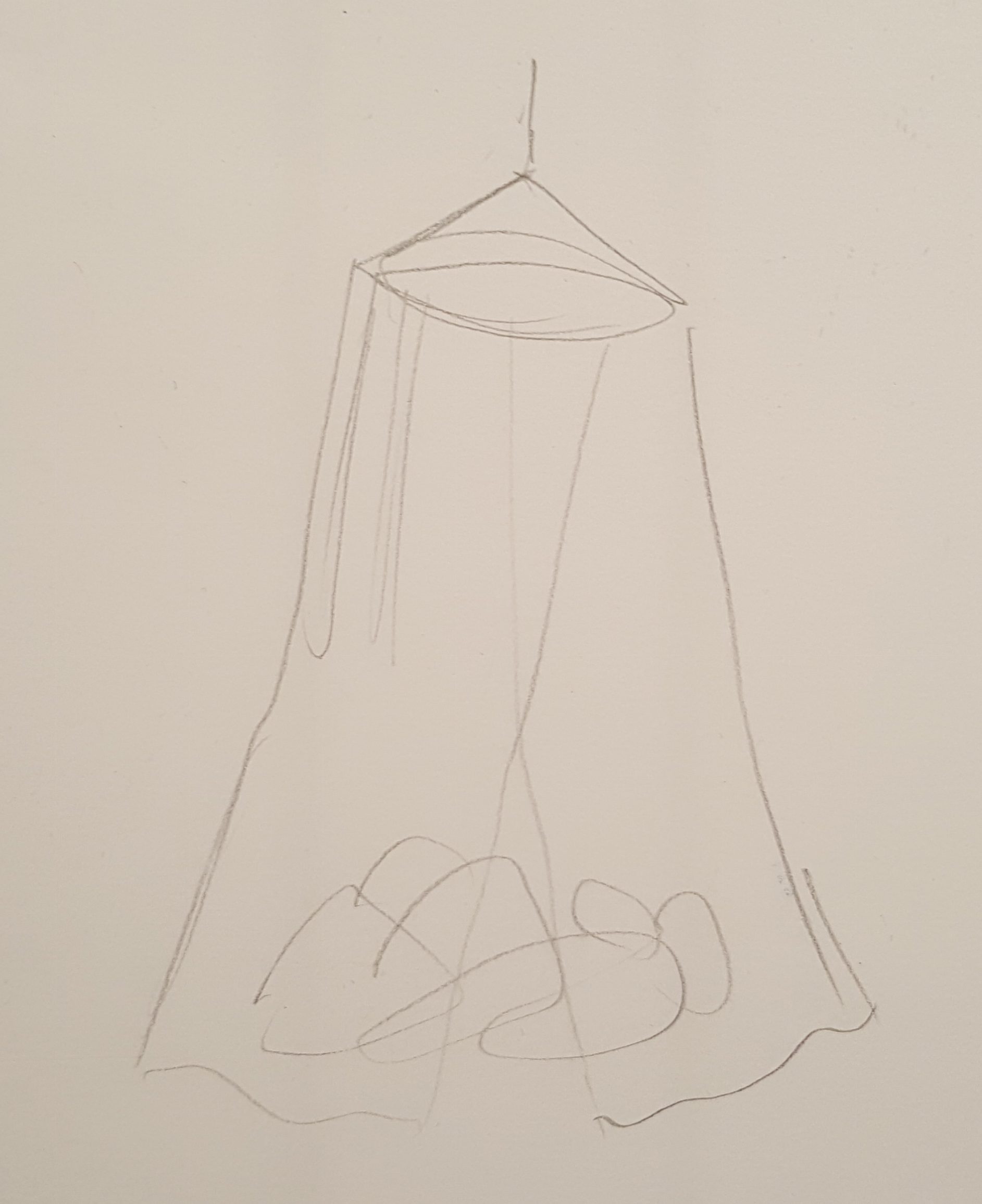

I bought some pillows and started cutting the pieces of clothes. While tying the strips to the outer netting, it came to me that it would be a stronger message if the installation started out completely white, and as the audience come and go, they each tie a piece of fabric, therefore building the installation. This could act as a metaphor of the human mind, and the audience themselves would act as the memory/experience. From a baby, a blank slate, humans go through experiences and make memories, and each is unique, and this is what makes them who they are today.
With this clearer message in mind, all that is left is assembly! It was too late to take off the strips of fabric that I already tied to the outer netting if I wanted a pure white base at the start, so I left them as an example for people to tie their strips of fabric on.
For the final product look, check out this post!
INT 1 – Process 1
30 August 2017
Today we had a presentation on what our proposed project would be. I collated a few artworks that inspired me through either their looks or their concept.
First of all, I like the idea of having a space within a space. Either transform a space or create an environment where people can do something. I like big scale works that I can gape at, that I can explore like a child playing in a playground. The idea of giving new meaning to an existing space intrigues me as this is exactly how memories work. We give our own context to a space, we attach a particular memory to a particular setting.
As a sentimental person, the way we spend time in a particular place sometimes makes me think of its significance. Time ticks away and we can never bring it back. And of course I like to play too. The inner child in me is attracted to these playground-like spaces.
I also really like when I can interact with lights or music, and I found this artwalk interesting because they remind me of the lalang fields back home in Jakarta. There used to be wide patches of lalang fields near my school and I would walk amongst them, with the wind blowing and I’d twirl around or run across the field with my friends, take photos.
I thought that it would be cool if I could recreate the lalang field except that when a hand is run through it, a recording of the winds of the lalang field in my hometown would play. I am going back this recess week and I could go to record the sound of the winds there. They could also light up accordingly. However I thought that this might be a little too ambitious as I’ve just only learnt programming. Moreover, I wouldn’t say that this is too significant of a memory for me to base an entire artwork out of.
So then I tried listing out some things that I like or are important to me.

This list is not fully representative of topics that matter to me, but these are just some things I had in mind. I decided that for this project, I would like to expand on my project from my Foundation 3D class. Based on a Kandinsky painting, I created this theoretical playspace equipped with napping pods. In this world where people are constantly working and/or studying, with the fast pace of life and high level of stress, sometimes I find that all I want to do is escape for a while and take a nap. This is why I thought that it would be nice to have this multi-level structure with slides and different sizes of napping pods.
I’m not yet sure what kind of space I would like to create, but I would really love to create maybe a large crocheted web across a room with pods where people can sleep in or rest in. Of course I would only be making a prototype of sorts, since there will probably be not enough time to fully realise the whole thing.
I am looking to crochet since I have considerable experience crocheting and the nature of crocheting is quite interesting. It takes up a lot of time, but it is very easy to manipulate to our liking.
I’ll explore my idea more and we’ll see where it takes us!
For the next process post, click here!
For the final product, click here!
INT 1 – The Medium is the Message
The Medium is the Message by Marshall McLuhan
It was a slightly difficult read, but after re-reading it and watching a few videos, I think I have come to an understanding of what McLuhan means by saying that the medium is the message. I feel that he is technically saying that we have long overlooked the importance of medium in our daily lives. We are fixated on the content or message whenever we want to deliver something, say in conversation, or music, or letters. We think that the content is precious, but we do not realise that the medium is the one that gives us the capacity to communicate, and is extremely important itself.
The medium is an extension of ourselves. The phone an extension of our voices, the camera an extension of our eyes, photos an extension of our memory. Technology is oftentimes taken for granted as we have fully accepted it as a part of our daily lives. We do not realise that the use of technology has drastically changed the way we deliver our message.
In the case of the light bulb, it is pure information. It emits light, but only when, say, a set of led lights are used to spell out a word, or when it is used as a neon sign, then the words become the message. If the light is used in surgery or to light up a room, then these actions become the “content”. Without the light, these actions are impossible. According to McLuhan, this further shows that “it is the medium that shapes and controls the scale and form of human association and action”.
After reading this I realised that it is very true that technology has shaped the way we think and the way we interact with people, things, thoughts, etc. Even now as I am typing this on a computer, on an internet connection, I am doing things in a way that is unique to using a computer and I am doing this to deliver my own meaning. The way we use the medium is also crucial to draw connections between content and media. How else can we better convey meaning through the use of different media?
Here are some of the videos that helped me understand the reading better:
INT 1 Interactive Art Inspiration Week 7
WHITE GALLERY INSTALLATION BY STUDIO 400
This installation is a not only a playscape, but it is also a library. Acrylic cases holding books hang in different spots around the woven structure. People can pick up a book and lie down to enjoy it.
I realise that I am largely attracted to works similar to this. Large spaces that you can climb on and play in. Although this has been done many times, sometime in the future I would actually really like to make my own version of this playscape. A prototype of which would hopefully be realised for my INT1 project. The idea of a sleeping pod has been with me since freshman year and I would really like to explore the concept behind it and the actual execution.
This installation’s structure is pretty similar to what I envision for my project, although the purpose and message is different. I will try to explore more about this.
THE ISLAND BIRD BY ERNESTO NETO
While we are at this, I thought might as well include some other similar installations, like these nests by Ernesto Neto. A similar space that encourages play in people, that brings the child back in adults. It invites people to climb in and explore the space inside.
Looking at this, I realised that for interactive art, it is also important how the audience is invited to interact with it. Is it clear to the audience how they could interact with it? Or is it a more subtle, gentle nudge? In The Island Bird, the two entrances make it clear for the audience that they are invited to climb in and explore the space inside. How can I apply this to my work? What kind of interaction do I want the audience to have with my work? These are some things that I will try to explore further.
The concept behind String, to me, is quite interesting. To the audience, the structure is just a playground of sorts, where they can climb and play around. However, they become a part of the artwork as they become suspended in the 3D space in unnatural positions, creating a composition reminiscent of Dada collages. There is both a large space and no space at the same time. The strings pulled taut may create an illusion of emptiness, but the intersecting lines make it not the easiest to traverse in, which is an interesting juxtaposition, I feel.
Click here for Recess Week’s post!
INT 1 – Interactive Art Inspiration Week 6
FLOATING FLOWER GARDEN BY TEAMLAB
This is beautiful! I love how this installation allows for the audience to be completely surrounded by flowers. I think that this creates a unique experience, having the flowers rise to make way for people.
“When a viewer approaches this flower-filled space, the flowers near the viewer rise upward all at once, creating a hemispherical space with the viewer at its center. Although the whole space is filled with flowers, a hemispherical space is constantly being created with the viewer at its center and the viewer is free to move around wherever they want. If viewers get close to one another, the domes link up to form one single space. In this interactive floating flower garden viewers are immersed in flowers and become completely one with the garden itself.”
The flowers are alive and I think this makes a difference because the whole space then becomes a living garden. A new way of experiencing a garden is presented and people can appreciate the beauty of the flowers in a dream-like setting.
NEW MOON BY CAITLIN R.C. BROWN X WAYNE GARRETT
New Moon simulates the different phases of the moon by using repurposed lightbulbs and a turnstile. The use of light is very pretty and the imagery of the moon is used aptly. I originally thought that the whole structure is like a huge merry-go-round and the whole frame rotates while the moon stays in place (which would have been awesome), but this is great nonetheless and makes a great instalment both indoors and outdoors.
Click here for Week 7’s post!
INT 1 – Human+ The Future of Our Species Exhibition Review
Although I could not come along with the class to the exhibition, it was quite nice to enjoy browsing through the works leisurely with another friend. I was quite excited for the exhibition since I have always been interested in the idea of a dystopian future.
I’ve often wondered how the world would be like hundreds of years from now. How far would technology have merged with our daily lives? How far would technology have advanced?
When my parents were young, TV was still in black and white. They were proud to hold handphones the size of a brick, they did not have digital cameras. Yet, thin touchscreen phones, WiFi, and smart technology pervade our lives today and this is what is normal to us now.
It is weird for me to imagine a future where holograms replace screens, or even when space becomes a common holiday destination. Moving pictures and telecommunication were only dreams, witchcraft, almost, to people of the past. But they are now something so common in our lives today. And technology is constantly advancing. How far would it go?
Human+ questions this possible future. What will it be like in a future dominated by artificial intelligence, robots and augmented bodies? They are existing technology, yes, but not nearly as common, currently.
We were greeted by this quote, which made me think of how much technology has infused our lives. I did not realise this as they really have become so common.
The first work that we came across was this performance art by Stelarc, an artist from Australia, who works with his body. In this work, he is strapped onto a robot arm and his body is moved around involuntarily. Up, down, upside down and loop-the-loop.
I did not know how to feel about this. The robot whooshes and buzzes around, amplifying its dominance. Meanwhile, he is completely relaxed, smiling and might even be asleep. What is happening??? It looks like it has the potential to be a fun theme park ride though. However, now that I am writing about it, I feel that his surrender to the robot arm is similar to how we sometimes surrender ourselves to technology. We let them pervade our lives, we even depend our lives on technology; think medical stuff. This is actually a great metaphor of our relationship with technology, I realise.
The exhibition continues with a section showcasing various kinds of prosthetics.
From old-school prosthetics to fancy schmancy ones, this section shows how technology has allowed for the betterment of life for those who are missing limbs. From simply making up for a lost limb, we have improved so much that we can afford to be creative and infuse some personality into prosthetics. It has been used in fashion and many other artistic ways, which I think is great because when making art, there is a lot of meaning that we can derive from various experiences.
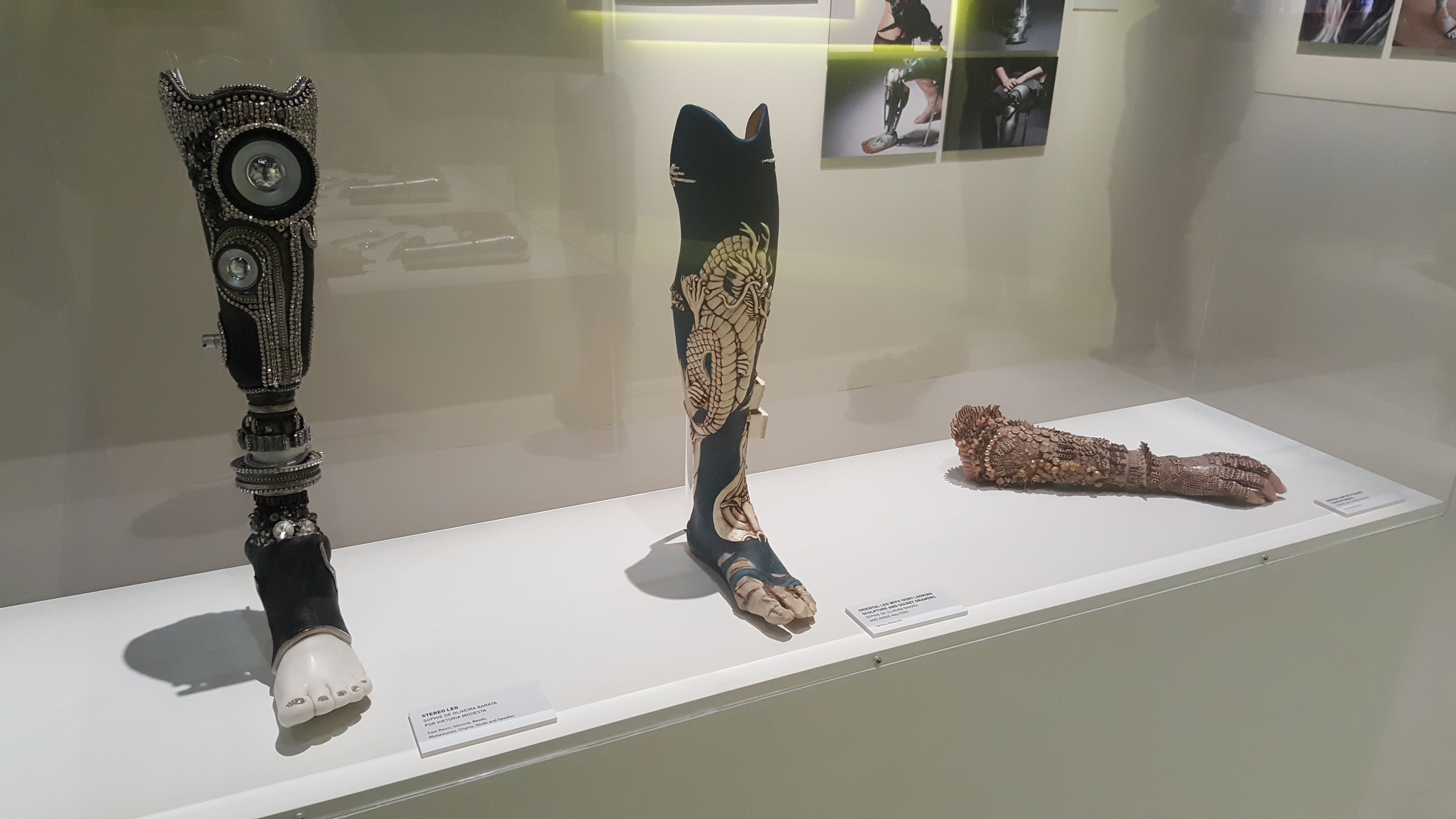
Moreover, some prosthetics were even developed to function even better than our natural bodies. This prosthetic leg, for example, was modelled after the hind leg of a cheetah. With these set of legs, she has even competed in the paralympics. What kind of modifications would you have, if you had the chance to? What if improvements can be made to our bodies, would you do it? I can’t help but ponder about the ethical controversy behind this.
Moving on, there were many other artworks and/inventions but I will be writing only about some of the standouts.
These are a set of prints of images taken by Nina Sellars from Stelarc’s extra ear surgery. Yes, the Stelarc that started the exhibition. And yes, an extra ear. On his arm. I can’t help but think of the redundancy of his actions. However, someone has to do it, right? On a side note, I do love the style of the images. The high contrast between dark and light, the theatrical lighting and styling, one might get tricked into thinking this is a staged set-up. But it is not! It was a real surgery and now the ear is a living, feeling part of Stelarc’s body. And people say getting a tattoo is a commitment?
Ah, Neil Harbisson. Our beloved colour blind cyborg. He has somewhat acquired synesthesia, since he can perceive colours through sound waves emitted by his antenna right into his brain. He has since co-founded The Cyborg Foundation, an international organisation that aims to help humans become cyborgs, defend cyborg rights and promote cyborgism as a social and artistic movement, along with Moon Ribas, who herself experiments with different cybernetics to enhance her perception of movement.
The both of them no longer only use technology as an aid in their creative processes, they have become one with technology, and these devices have become an extension of their capacities for sensation and perception.
This blows my mind how this could actually be a plausible future. Would handphones be a thing of the past? Will we be able to communicate with others simply through thinking it, through a chip implanted in our brains? A scary possibility. But possible.
Area V5 is created by Louis-Philippe Demers, an associate professor from our very own ADM. The robotic eyes follow you as you walk by. It is said to comment on the Uncanny Valley, which is a pseudo-scientific hypothesis that tries to justify the uneasy feeling humans experience with robotic agents. I think that this work is really cool and it does bring across the idea of becoming uncomfortable with interaction with robots.
The next work is called TEASE, an interactive installation by students from Nanyang Polytechnic’s School of Interactive & Digital Media.
Mechanical body parts are “attached” to displays of people. It seems that by touching these body parts, a reaction will be shown by the human displays. We are however, free to interact these body parts in any way we want. We can tickle it, scratch it, squeeze it. Although it was considerably difficult to get any reaction from these digital humans, it was quite fun to try to get reactions. When it was time to move on, we realised there was another part to this work!
Behind the wall, there were three screens in relation to each of the screens at the front! These were recordings of us when we were teasing the body parts, lagged quite a while. This came as a surprise and I felt a hint of embarrassment as I find out what I look like when I’m trying to get a response.
I really liked this work as I could play around with it and the idea behind it was quite clear. If the sensors worked well, it would have been really fun to see the different reactions of the humans on screen.
This was another example that shows how technology has become a huge part of our lives. While the artist received criticism, saying that taking care of a child is a mother’s duty, and that a baby needs our physical care, I don’t think that the artist is fully wrong because she was only trying to find a way to cope with the business of raising a child and normal life. It can be overwhelming and parents can have no sleep at all, even though they are still expected to work or continue on with their lives as per normal. However, the reality is that babies do take up a lot of time and it can be tiring. If it is safe and can get mommy a better night’s sleep, then why not, right? Just my two cents.
This is a piece which I found quite meaningful. Called an improvised empathetic device (I.E.D.), the wearable device inflicts physical pain to the wearer by driving a needle to the wearer’s arm every time an American soldier’s death is reported, with the LCD displaying details of the soldier and his/her death. This is an interesting way to remind people of mortality and empathy. Oftentimes when we hear of someone’s death, it is not easy for us to feel empathetic when we don’t know the person. However, this device reminds the wearer to care. Somehow we share the same physical pain, and this improves our ability to empathise.
Here is a series of photographs by another ADM professor, Robert Zhao Renhui!
Here on the left we can see a model of the Euthanasia Coaster, a roller coaster designed to take your life. It is theoretical though, and I don’t think that it will be constructed, at least not anytime soon, but I have to admit that it is a very intriguing concept. This isn’t the first time I’ve heard of it, I have actually read about this somewhere else. But it was great to see the model and look at the designs in real life.
As a roller coaster enthusiast, I was naturally attracted to this work. The idea was that if we could take our lives in a fun way, why not? For those seeking for a last thrill in life, this may be the answer. However, the roller coaster does not take your life away that quickly, which, I think to myself, might be a little inconvenient as your brain gets shaken in the skull so hardly you would pass out and slowly die (at least this is my understanding of how it works). There is a reason the coaster is only theoretical. Still, an interesting concept.
This next work also caught my eye since I like to think of how we can maximise harvesting energy, since there is a possibility that our natural sources would soon deplete. I find myself thinking, what if the floor can harvest energy from our footsteps, wouldn’t that be great, and other things.
This coffin converts our corpse into bio-fuel that in the future, is contained in a battery, and we can choose for it to power anything that we would like. We could choose to power a watch, a flashlight, a toy, you name it. Part of the work is a list of responses from different people. What would they want to power, and why? I find that the items they chose were in a way an extension to their identities and personalities, which was fascinating.
The last work that I am going to write about is about genetic engineering. These realistic models of babies show a future where gene modification is prevalent. However, very physical changes can be seen. From gill-looking extra orifices to an amputated toe, these modifications are supposedly made to improve the quality of life for these babies.
This of course, raises ethical questions. What draws the boundary between acceptable and unethical? It has been done today. It seems acceptable when what we are trying to do is prevent the baby from being born with a crippling disease, but what about choosing a baby’s gender or giving the baby a sharper nose, or blue-coloured eyes? Would that be ethical or would that be called playing God? It will be interesting to see how genetic engineering’s future folds out.
There were areas where you could try out virtual reality and also meet-and-greet sessions with Nadia, a robot developed by NTU, but sadly I did not come during available times. However, overall, I enjoyed the exhibition, and the topics explored in this exhibition opened my mind and raised questions in my head. How else can we perceive the future through art?
